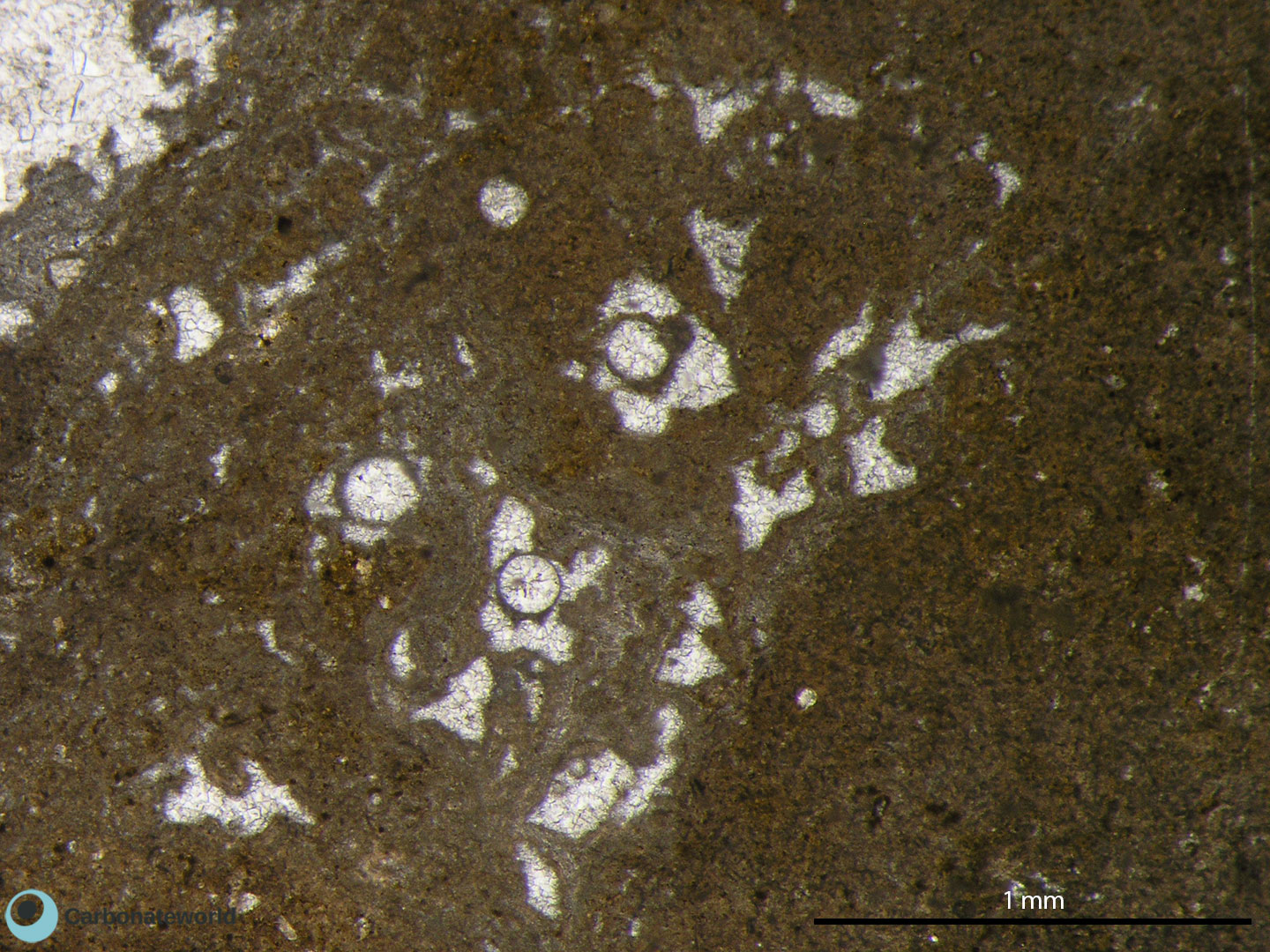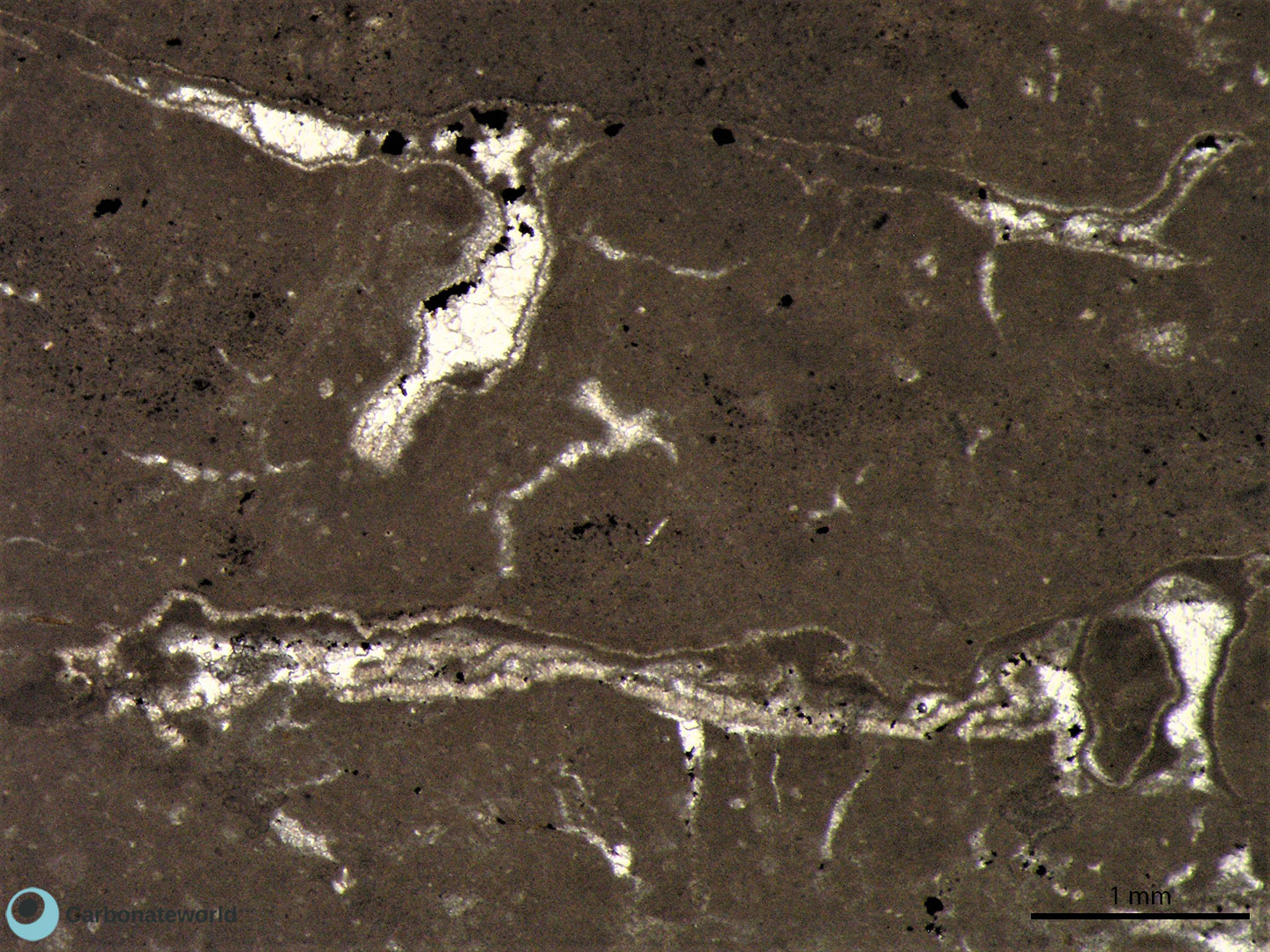Meteoric
1. Meniscus Cement
Peloidal grainstone with peloids (likely due to micritisation of ooids) bounded by calcite cement with meniscus fabric (cement precipitated at grain contacts where water is retained for capillary tension in the vadose zone). Interparticle porosity highlighted by blue epoxy.
Holocene, Bahamas

HIDE INFO

SHOW INFO
2. Meniscus Cement
Grainstone consisting of peloids (likely due to micritisation of ooids) and partly dissolved ooids (dissolution affected the non micritised aragonitic laminae coating the ooids) with meniscus calcite cement (cement precipitated at grain contacts where water is retained for capillary tension in the vadose zone). Interparticle and secondary dissolution porosity highlighted by blue epoxy.
Holocene, Bahamas

HIDE INFO

SHOW INFO
3. Meniscus Cement
Previous image in crossed polarizers of a peloidal and partly dissolved ooids grainstone with meniscus calcite cement (cement precipitated at grain contacts where water is retained for capillary tension in the vadose zone). The view in cross polarisers shows complete extinction in correspondence of the interparticle pores.
Holocene, Bahamas

HIDE INFO

SHOW INFO
4. Meniscus Cement
Ooidal sediment from recent tidal bars (NW Andros, Bahamas) bounded by meniscus calcite in the vadose zone. To notice that recent ooids are tangential with concentric orientation of aragonite crystals.
Holocene, Bahamas

HIDE INFO

SHOW INFO
5. Meniscus Cement
Ooidal sediment from recent tidal bars (NW Andros, Bahamas) bounded by meniscus calcite in the vadose zone. Previous image viewed in cross polarised light showing the interparticle porosity in black.
Holocene, Bahamas

HIDE INFO

SHOW INFO
6. Meniscus Cement
Ooidal grainstone from an inner ramp shoal barrier in the Mississippian of South Wales showing micritic meniscus cement of possible meteoric vadose origin followed by equant sparite in irregular rims and mosaic. The clear sparite could be of phreatic meteoric environment or of burial diagenesis origin.
Mississippian, South Wales, UK

HIDE INFO

SHOW INFO
7. Pendant Cement
Pennsylvanian phylloid algae mound with micritic crusts and micrite envelopes around biomoulds. The lower part shows prismatic cement with pendant, gravity controlled fabric typical of the meteoric vadose zone.
Pennsylvanian, New Mexico, USA

HIDE INFO

SHOW INFO
8. Pendant Cement
Detail of previous image with prismatic cement with pendant, gravity controlled fabric typical of the vadose zone. Red colour, iron oxide related impurities increase downward as gravity controlled as well.
Pennsylvanian, New Mexico, USA

HIDE INFO

SHOW INFO
9. Pendant Cement
Previous image in crossed polarisers with prismatic cement with pendant, gravity controlled fabric typical of the vadose zone.
Pennsylvanian, New Mexico, USA

HIDE INFO

SHOW INFO
10. Vadose Cement
Pisoidal grainstone showing: a) pisoids of possible vadose origin with concave-convex grain contacts (vadose compaction: concave contacts between grains because of partial dissolution in the vadose zone); b) pendant calcite cement (vadose zone) precipitated on the lower part of the pisoids; c) in the lower part of the thin section a coarse and leached equant calcite cement might be of meteoric phreatic origin.
Lower Jurassic, High Atlas, Morocco, cf. Verwer et al. (2009b), Merino-Tome'’ et al. (2012)

HIDE INFO

SHOW INFO
11. Meteoric Dissolution
Peloidal and pisoidal grainstone with grains bounded by irregular rims of equant to bladed calcite lined by micrite crusts. There might have been influence of meteoric waters dissolving partly the first rim of marine cement, followed by meniscus micrite and renewed marine cementation as radial fibrous.
Permian, New Mexico, USA

HIDE INFO

SHOW INFO
12. Meteoric Dissolution
Previous image in crossed polarisers with grains bounded by irregular rims of equant to bladed calcite lined by micrite crusts. This cement of possible meteoric origin shows irregular and discontinuous growth but it might also have been partly dissolved before the micrite encrustation and the following radial fibrous marine cement.
Permian, New Mexico, USA

HIDE INFO

SHOW INFO
13. Calcrete
Ooidal grainstone deposited during late Pleistocene, exposed to subaerial meteoric alteration and formation of calcrete palaeosol with laminar texture. Red colour is due to Fe oxide concentration in terrestrial settings.
Pleistocene, Florida Keys, USA

HIDE INFO

SHOW INFO
14. Calcrete
Detail of previous image of ooidal grainstone deposited during late Pleistocene exposed to subaerial meteoric alteration and calcretisation (ooid dissolution, micritisation and iron oxide crusts).
Pleistocene, Florida Keys, USA

HIDE INFO

SHOW INFO
15. Calcrete
Previous image in crossed polarisers of ooidal grainstone deposited during late Pleistocene, exposed to subaerial meteoric alteration and calcretisation (ooid dissolution, micritisation and iron oxide crusts).
Pleistocene, Florida Keys, USA

HIDE INFO

SHOW INFO
16. Calcrete
Calcrete palaeosol from Mississippian inner ramp facies in South Wales. Typical features of alpha type calcretes: circumgranular cracks and glaebules (cf. Wright, 1994).
Mississippian, South Wales, UK

HIDE INFO

SHOW INFO
17. Calcrete
Calcrete palaeosol from Mississippian inner ramp facies in South Wales. Typical features of alpha type calcretes: circumgranular cracks, glaebules, angular clasts of pedogenised lithified deposits and iron oxide seams (cf. Wright, 1994).
Mississippian, South Wales, UK

HIDE INFO

SHOW INFO
18. Microcodium
Peloidal (micritised grains) grainstone with abundant interparticle porosity and minor calcite meniscus cement containg Microcodium (rosettes of calcite prisms) in the centre. This calcite structure is indicative of root calcification in presence of fungi (cf. Košir, 2004).
Pleistocene, Bahamas

HIDE INFO

SHOW INFO
19. Microcodium
Skeletal rudstone/packstone with quartz grains, coralline red algae and lithoclasts and fragments of reworked Microcodium.
Thin section kindly provided by T. Geel, Vrije Universiteit, Amsterdam

HIDE INFO

SHOW INFO
20. Microcodium
Previous image in crossed polarisers, skeletal rudstone/packstone with quartz grains, coralline red algae and lithoclasts and fragments of reworked Microcodium.
Thin section kindly provided by T. Geel, Vrije Universiteit, Amsterdam

HIDE INFO

SHOW INFO
21. Microcodium
Oligocene reef facies affected by alteration by Microcodium (rosettes of calcite prisms) attributed to calcification of root cells of plants in the presence of fungi (cf. Košir, 2004). Microcodium is indicative of subaerial exposure and development of vegetation cover.
Oligocene, Central Apennine, Italy

HIDE INFO

SHOW INFO
22. Meniscus Cement
Skeletal grainstone with micrite meniscus cement precipitated in vadose conditions (above the water table and with air + water in the pore space). Vadose cement has been followed by cementation of equant calcite spar.

HIDE INFO

SHOW INFO
23. Laminar Calcrete
Dense laminar calcrete overlying calcified root mat calcrete.
Oxfordian, Upper Jurassic, Rocha Forte, Portugal

HIDE INFO

SHOW INFO
24. Pendant Cement
Pendant fibrous, inclusion-rich cement precipitated in vadose conditions.
Devonian, Western Canada

HIDE INFO

SHOW INFO
25. Microcodium
SEM image of Microcodium, mm-sized aggregate of prismatic calcite crystals that form on limestone unit affected by exposure to subaerial conditions. Microcodium most likely represents root cell calcification effect of plants in the presence of fungi and Ca-rich, nutrient-poor soils.
cf. Kosir (2004)

HIDE INFO

SHOW INFO
26. Microcodium
Microcodium mm-sized aggregate of prismatic petal-like crystals that occur in limestone unit affected by subaerial exposure to subaerial conditions. Microcodium most likely represents root cell calcification effect of plants in the presence of fungi and Ca-rich, nutrient-poor soils.
cf. Kosir (2004)

HIDE INFO

SHOW INFO
27. Microcodium
Foraminifera packstone obliterated by Microcodium growth due to subaerial exposure and soil formation.
cf. Kosir (2004)

HIDE INFO

SHOW INFO
28. Microcodium
Outcrop photo of a rock altered by Microcodium growth due to root cell calcification in the presence of fungi following soil formation.
cf. Kosir (2004)

HIDE INFO

SHOW INFO
29. Microcodium
Limestone unit completely altered and replaced by Microcodium formation due to root calcification in the presence of fungi, following subaerial exposure and development of soil.
cf. Kosir (2004)

HIDE INFO

SHOW INFO
30. Alveolar texture
SEM image of needle fibre calcite present in alveolar septal texture, a fungal mycelial product in palaeosols.
Mississippian, UK

HIDE INFO

SHOW INFO
31. Alveolar texture
SEM images and photomicrographs of alveolar septal texture from present-day vadose profiles; curved septa in pores, especially root tubes, are produced by calcification in fungal mycelial bundles in palaeosols.

HIDE INFO

SHOW INFO
32. Alveolar texture
Alveolar septal texture from present-day vadose profiles; curved septa in pores, especially root tubes, are produced by calcification of needle fiber calcite in fungal mycelial bundles in palaeosols.

HIDE INFO

SHOW INFO
33. Calcified roots
Calcified root mat from Mississippian calcrete. Many laminar calcretes are calcified root mats. Field of view is approximately 1 mm wide.
Llanelly Fm., Mississippian, Wales, UK

HIDE INFO

SHOW INFO
34. Microkarst peloid infill
Peloidal infill of microkarst cavity. Peloids are produced by grainification of limestone affected by soil formation by circum-granular cracking and displacement by wetting and drying cycles. Field of view approximately 9 mm wide.
Bembridge Limestone, Eocene, UK

HIDE INFO

SHOW INFO
35. Sphaerosiderite
Sphaerosiderite from a nodular bed associated with rootlets horizon.
Pennsylvanian, Brynmawr, South Wales, UK

HIDE INFO

SHOW INFO
36. Sphaerosiderite
Sphaerosiderite from a nodular bed associated with rootlets horizon.
Pennsylvanian, Brynmawr, South Wales, UK

HIDE INFO

SHOW INFO
37. Calcrete
Typical calcrete fabrics, namely nodulization (orthic and disorthic nodules, sensu Wieder and Yaaloon, 1974) and desiccation/brecciation features; notice circumgranular cracks around smaller nodules within larger calcrete fragments.
Middle Jurassic, Portugal. Image provided by Ana Azerêdo (Azerêdo et al., 2015)

HIDE INFO

SHOW INFO
38. Calcrete
Black clasts, crystallaria-like brecciation (sensu Brewer, 1964) and circumgranular cracks; these features are common in calcretes/pedogenic carbonate deposits.
Upper Jurassic, Portugal. Image provided by Ana Azerêdo (Azerêdo et al., 2002)

HIDE INFO

SHOW INFO
39. Dissolution-enlarged cracks
Desiccation/dissolution-enlarged cracks lined with fibrous calcite and thin-films of micrite/clotted micrite, possible rhizogenic and vuggy/fenestral porosity with geopetal crystal silt.
Middle Jurassic, Portugal. Image provided by Ana Azerêdo (Azerêdo et al., 2015)

HIDE INFO

SHOW INFO
40. Glaebules
Typical pedogenic features, namely alveolar-septal texture (e.g. Wright, 1986), nodules (glaebules), pelmicritic coatings and cement, rhizotubules and laminated crusts.
Upper Jurassic, Portugal. Image provided by Ana Azerêdo (Azerêdo et al., 2002)

HIDE INFO

SHOW INFO
41. Alveolar texture
Typical pedogenic features, namely alveolar-septal texture, related with paleosol root systems (e.g. Wright, 1986), nodules (glaebules), pelmicritic coatings and cement, rhizotubules and laminated crusts.
Upper Jurassic, Portugal. Image provided by Ana Azerêdo (Azerêdo et al., 2002)

HIDE INFO

SHOW INFO
42. Rhizocretions
Detail of rhizocretions and rhizotubules, seen in transversal section (rounded structures with micritic walls and spar infilling); fenestrae are also shown.
Upper Jurassic, Portugal. Image provided by Ana Azerêdo (Azerêdo et al., 2002)

HIDE INFO

SHOW INFO
43. Oblique cracks
Thin vertical and oblique cracks and sub-horizontal enlarged fissures, probably root related (fibrous and clotted micrite linings and later spar cement); scattered pyrite is also seen.
Middle Jurassic, Portugal. Image provided by Ana Azerêdo (Azerêdo et al., 2015)

HIDE INFO

SHOW INFO
44. Alveolar texture
Detail of typical pedogenic feature known as alveolar-septal texture, related with paleosol root systems (e.g. Wright, 1986), here developed in dark micritic limestone; note also pores lined by fibrous calcite.
Middle Jurassic, Portugal. Image provided by Ana Azerêdo (Azerêdo et al., 2015)

HIDE INFO

SHOW INFO
IMAGE INDEX
1. Meniscus Cement
2. Meniscus Cement
3. Meniscus Cement
4. Meniscus Cement
5. Meniscus Cement
6. Meniscus Cement
7. Pendant Cement
8. Pendant Cement
9. Pendant Cement
10. Vadose Cement
11. Meteoric Dissolution
12. Meteoric Dissolution
13. Calcrete
14. Calcrete
15. Calcrete
16. Calcrete
17. Calcrete
18. Microcodium
19. Microcodium
20. Microcodium
21. Microcodium
22. Meniscus Cement
23. Laminar Calcrete
24. Pendant Cement
25. Microcodium
26. Microcodium
27. Microcodium
28. Microcodium
29. Microcodium
30. Alveolar texture
31. Alveolar texture
32. Alveolar texture
33. Calcified roots
34. Microkarst peloid infill
35. Sphaerosiderite
36. Sphaerosiderite
37. Calcrete
38. Calcrete
39. Dissolution-enlarged cracks
40. Glaebules
41. Alveolar texture
42. Rhizocretions
43. Oblique cracks
44. Alveolar texture



Meniscus cement

Peloid
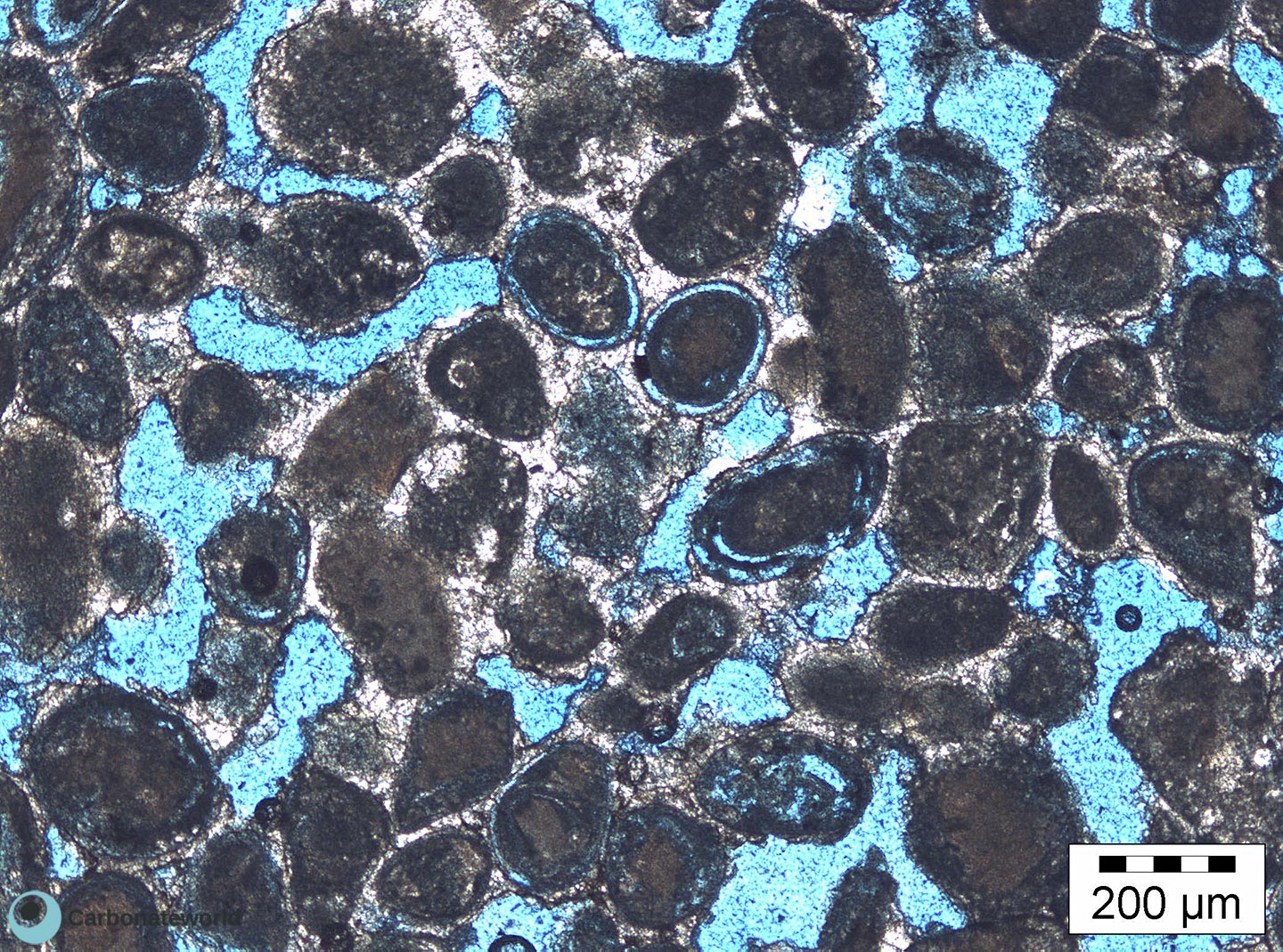

Meniscus cement

Dissolved ooid laminae
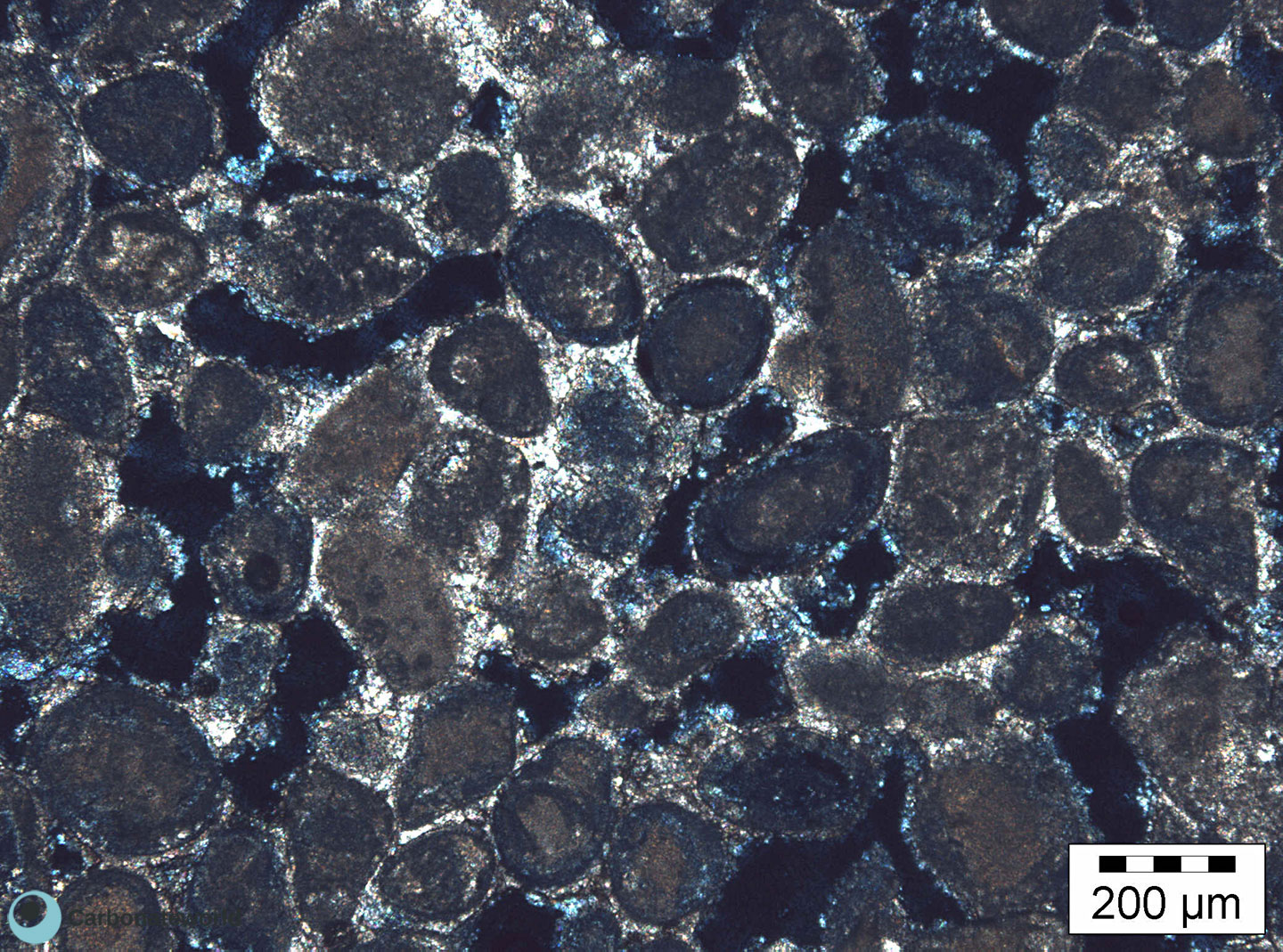

Meniscus cement

Dissolved ooid laminae
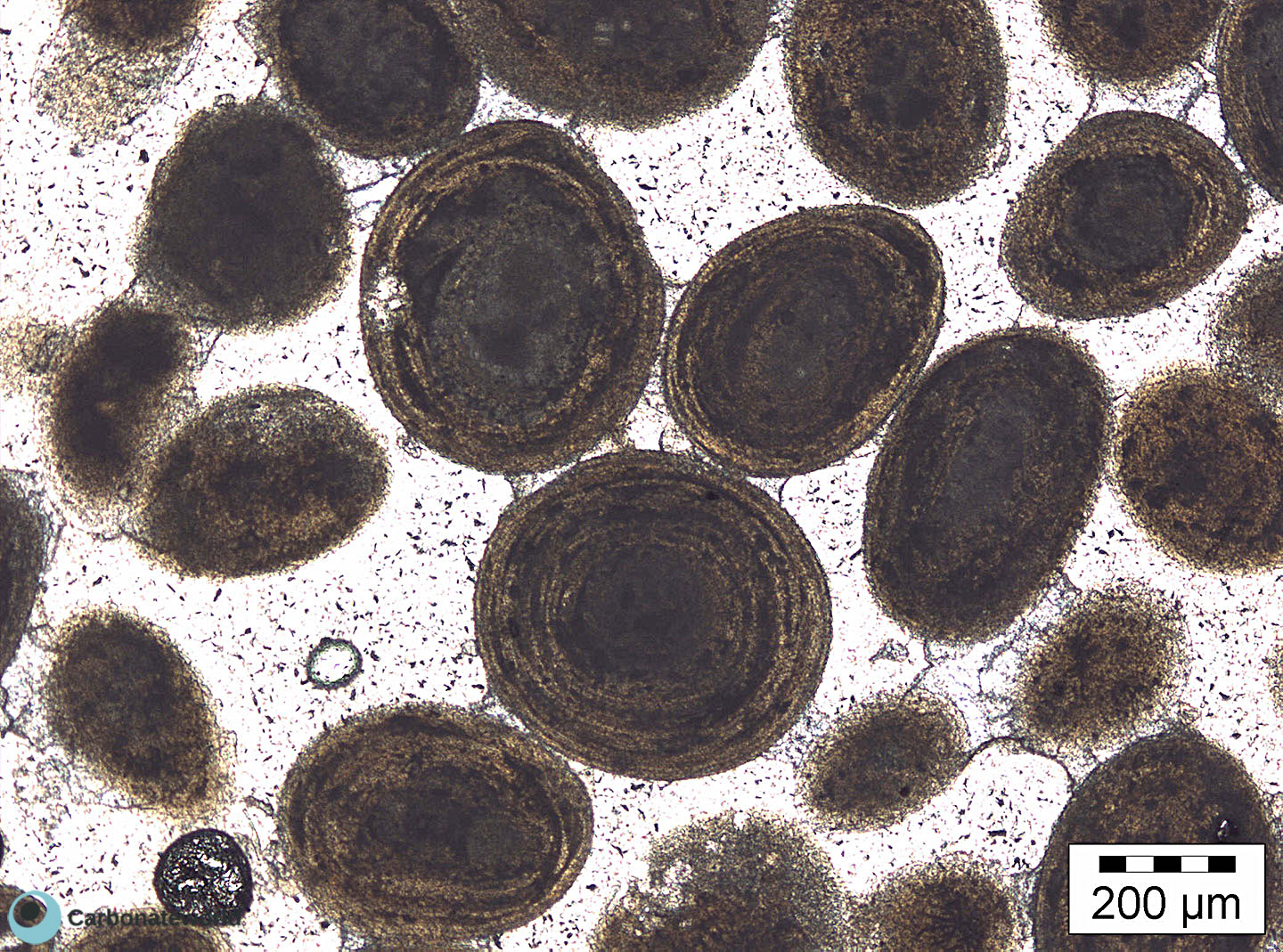

Tangential ooid

Meniscus cement
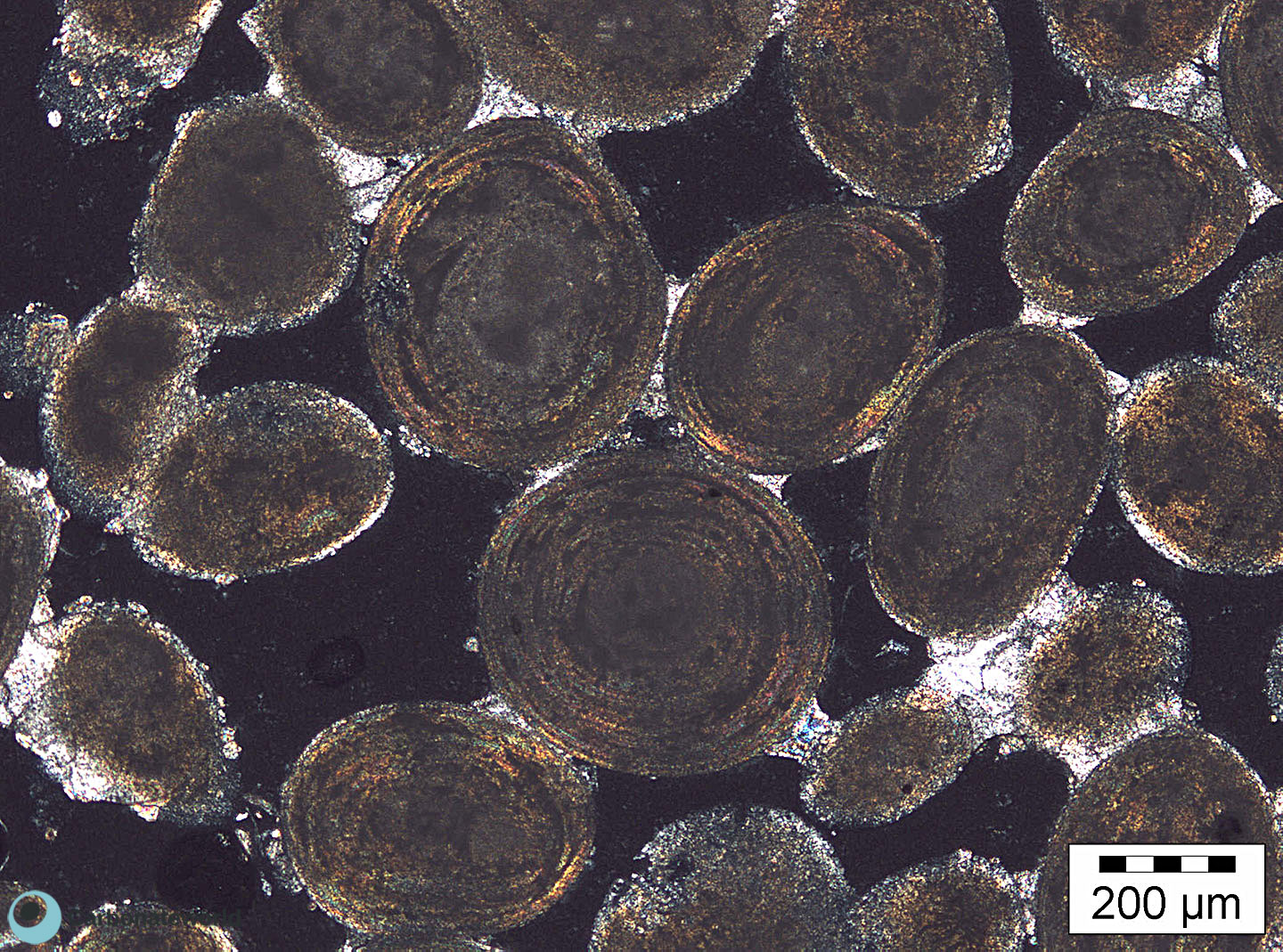

Tangential ooid

Meniscus cement


Radial ooid

Meniscus micritic cement
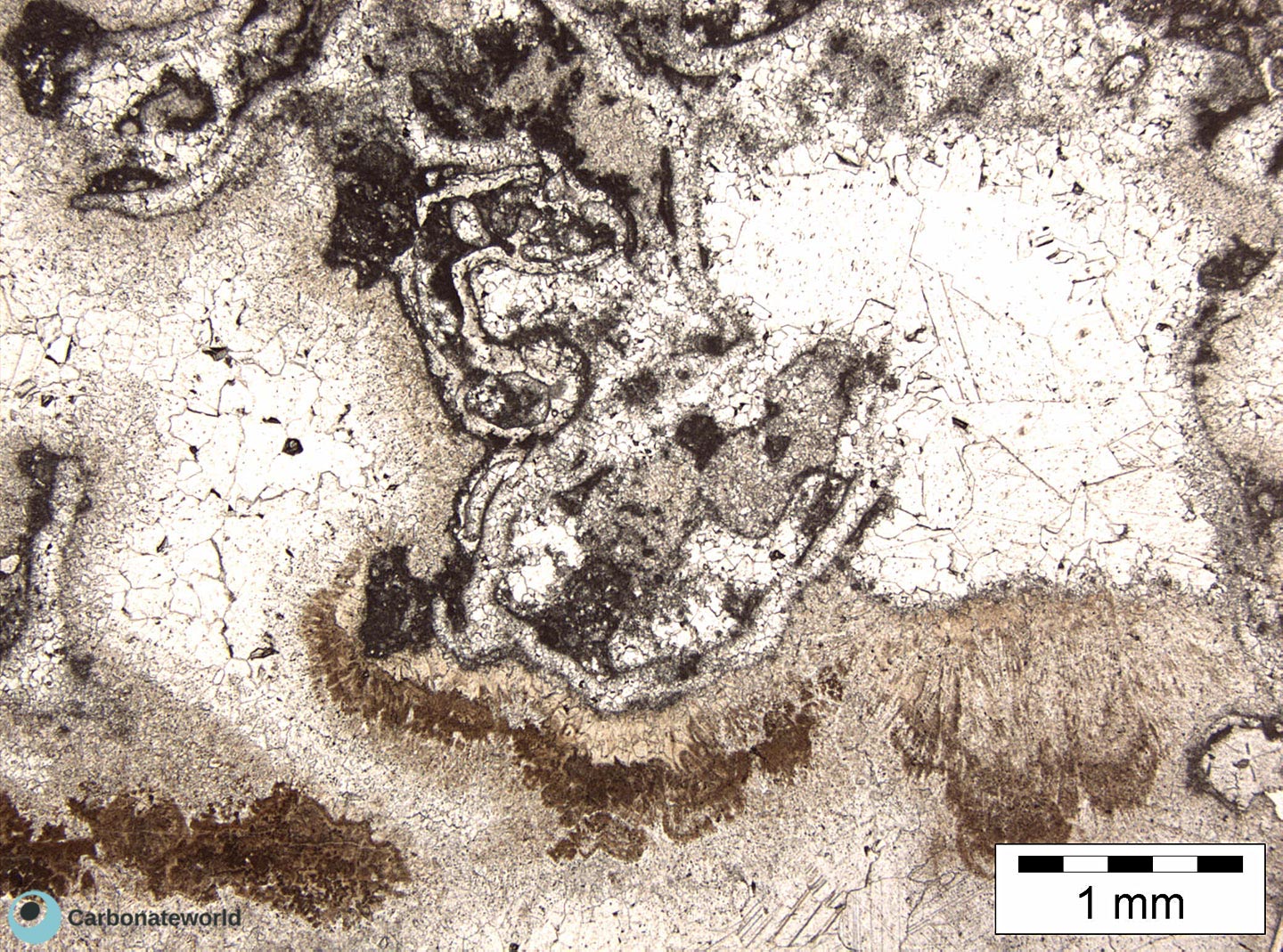

Pendant cement


Pendant cement
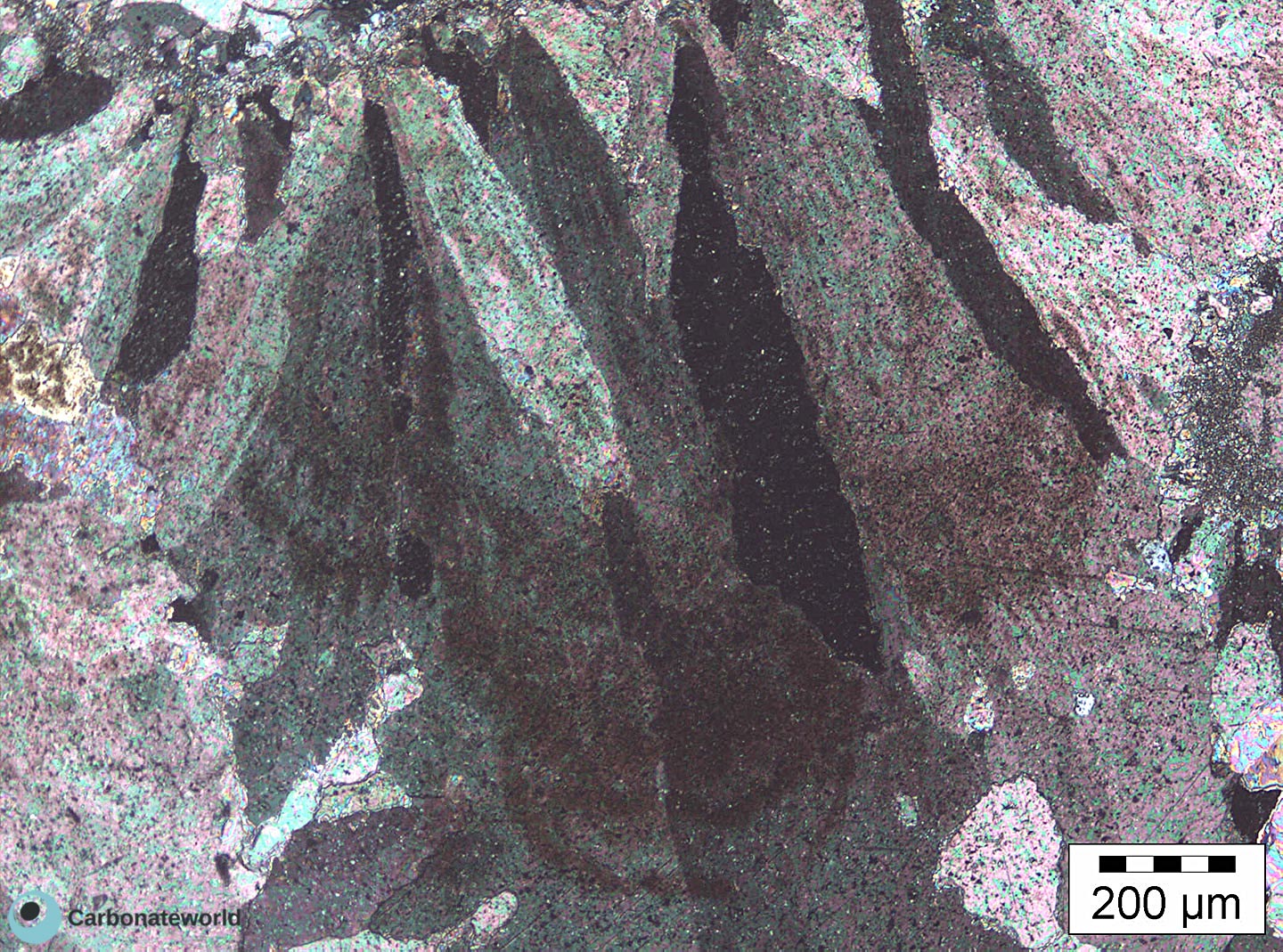

Pendant cement
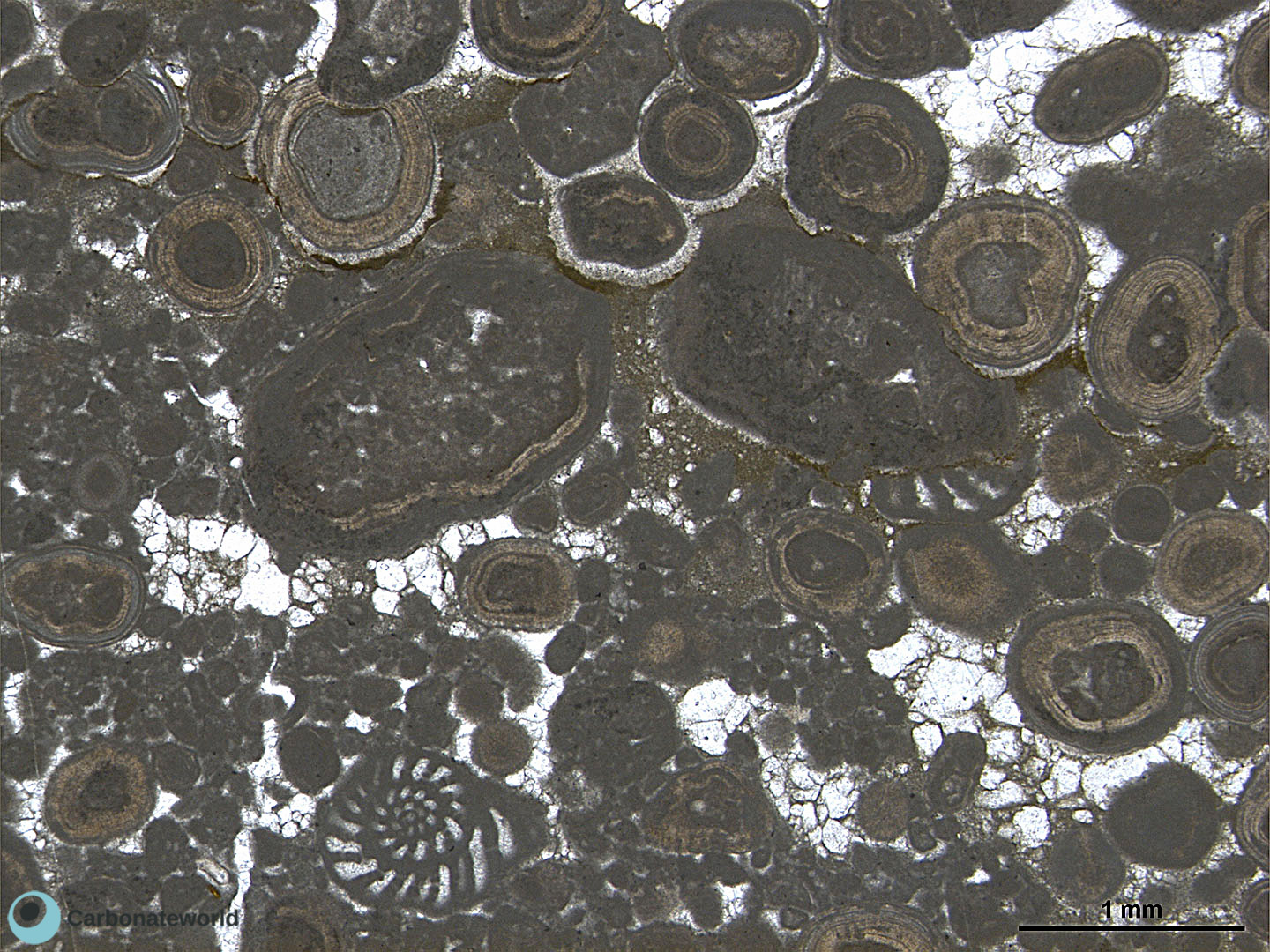

Pendant cement

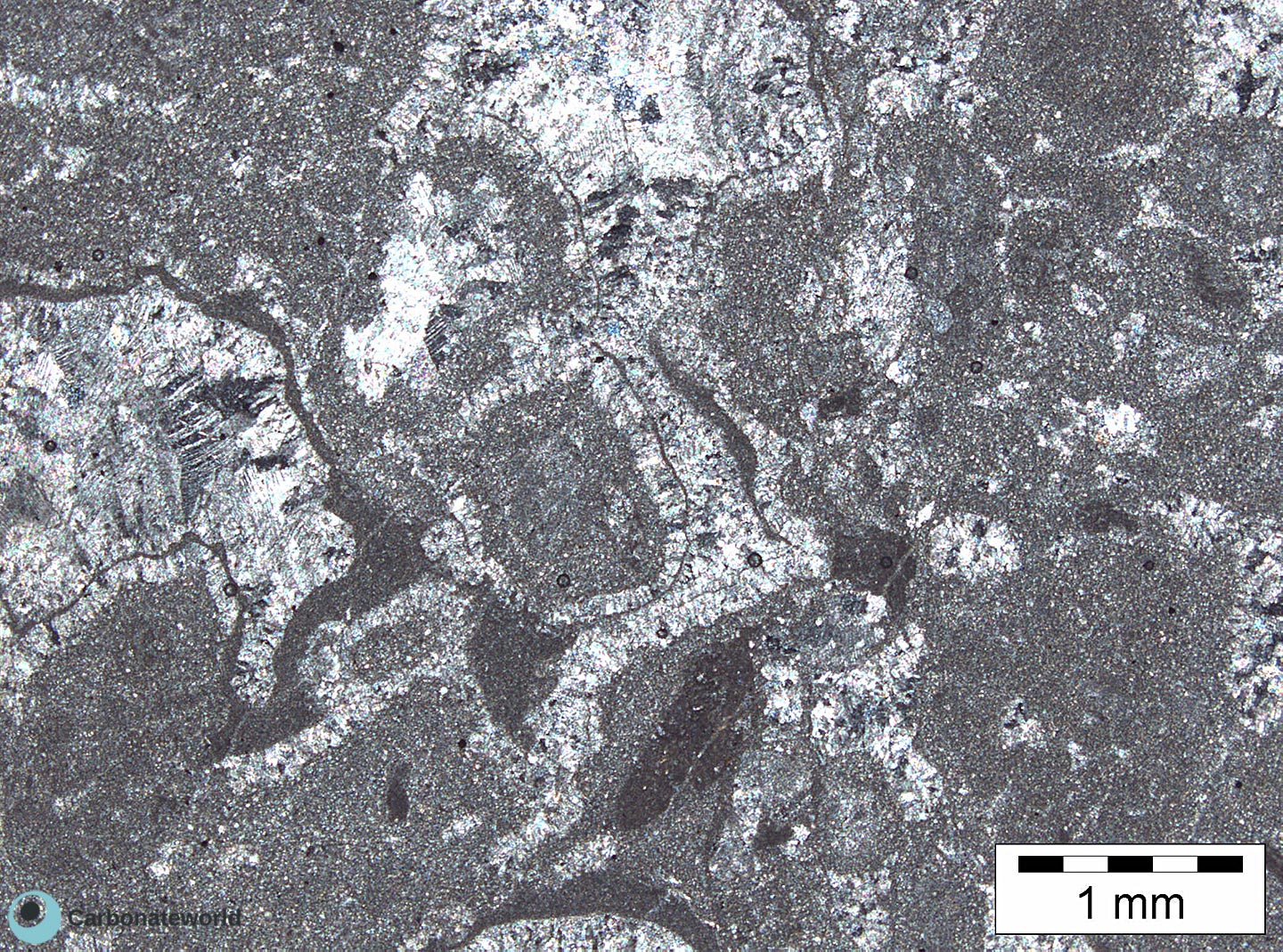
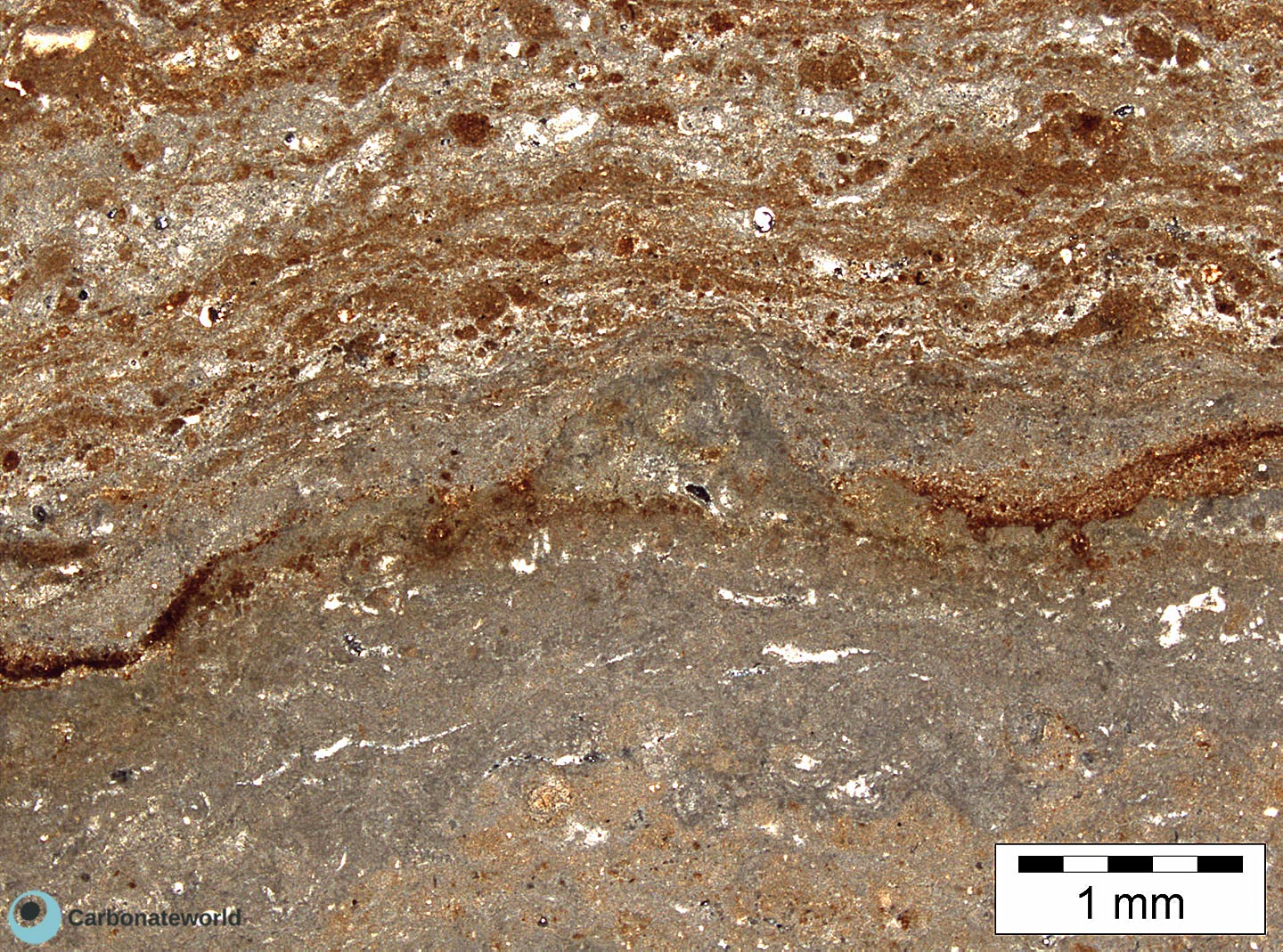

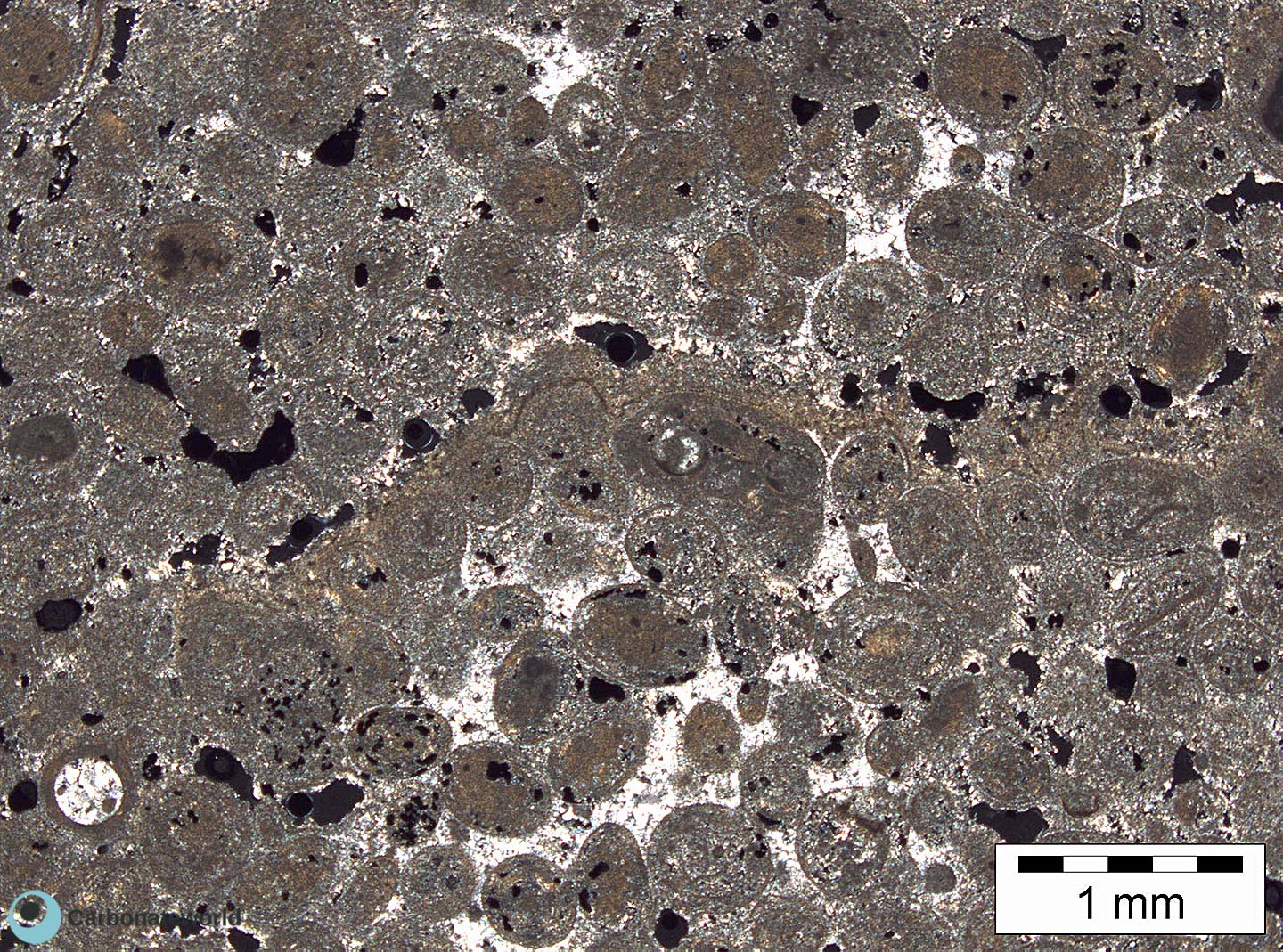
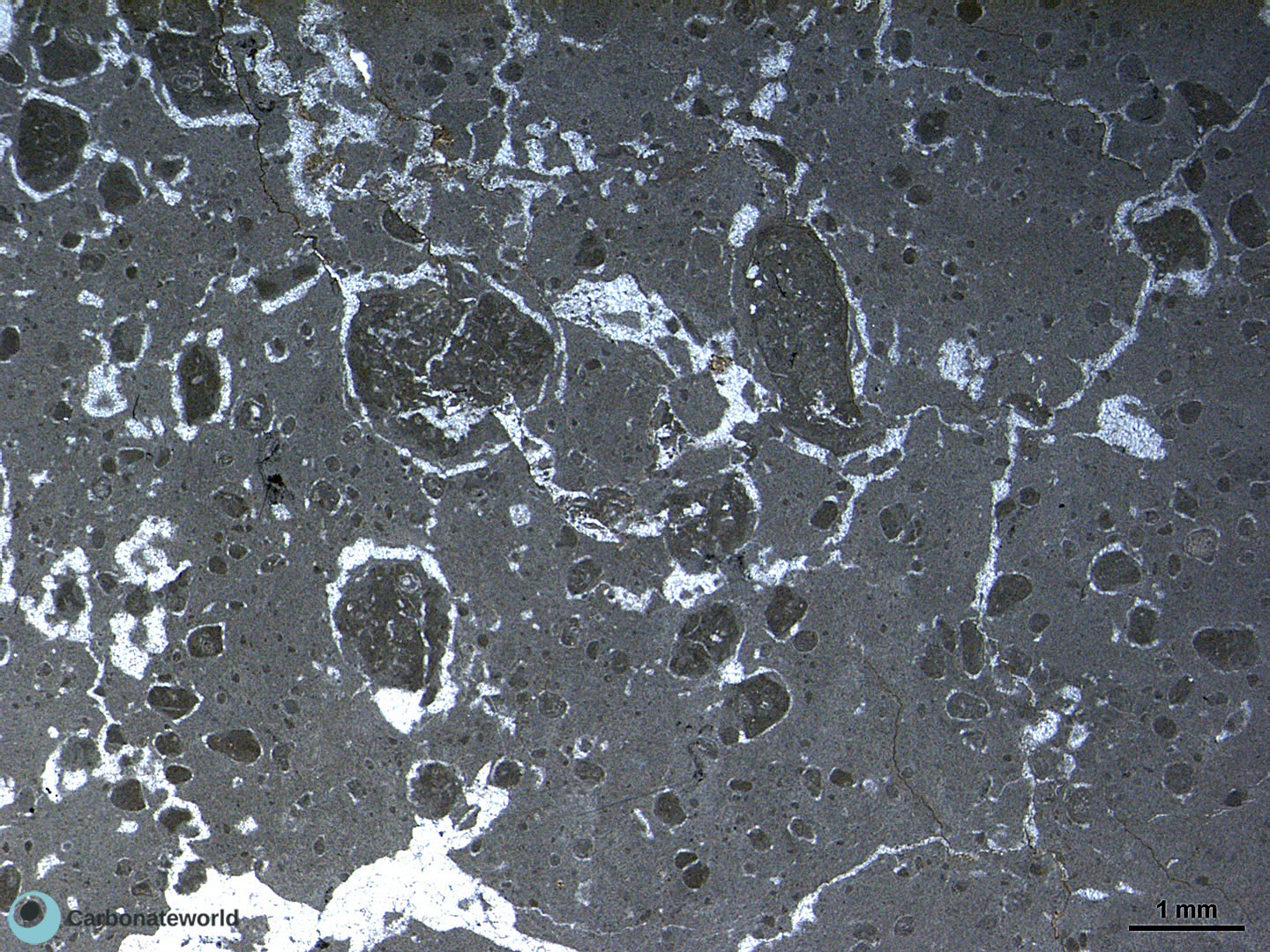

Circumgranular cracks

Glaebules
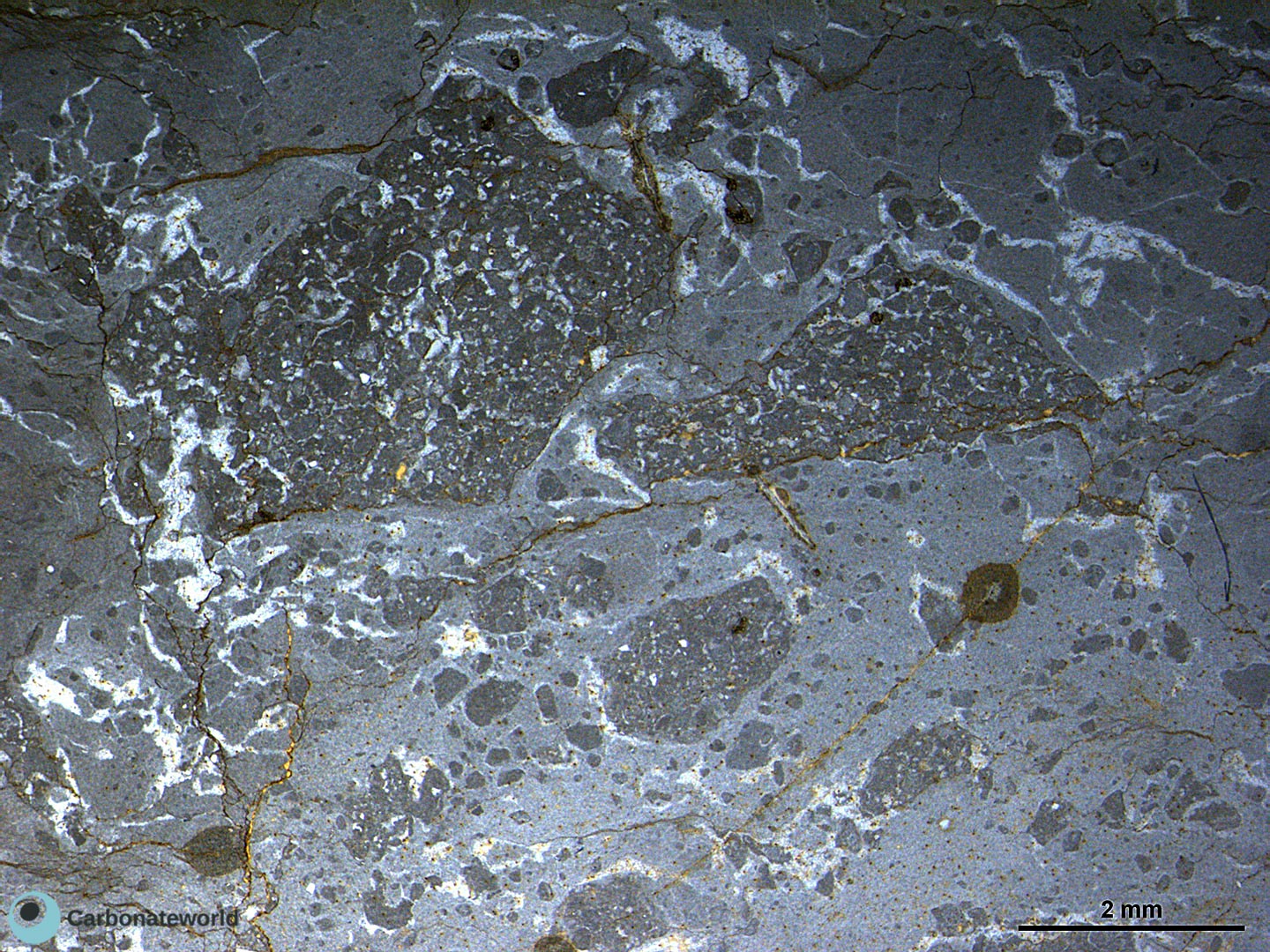

Angular clasts


Microcodium

Peloid and meniscus cement
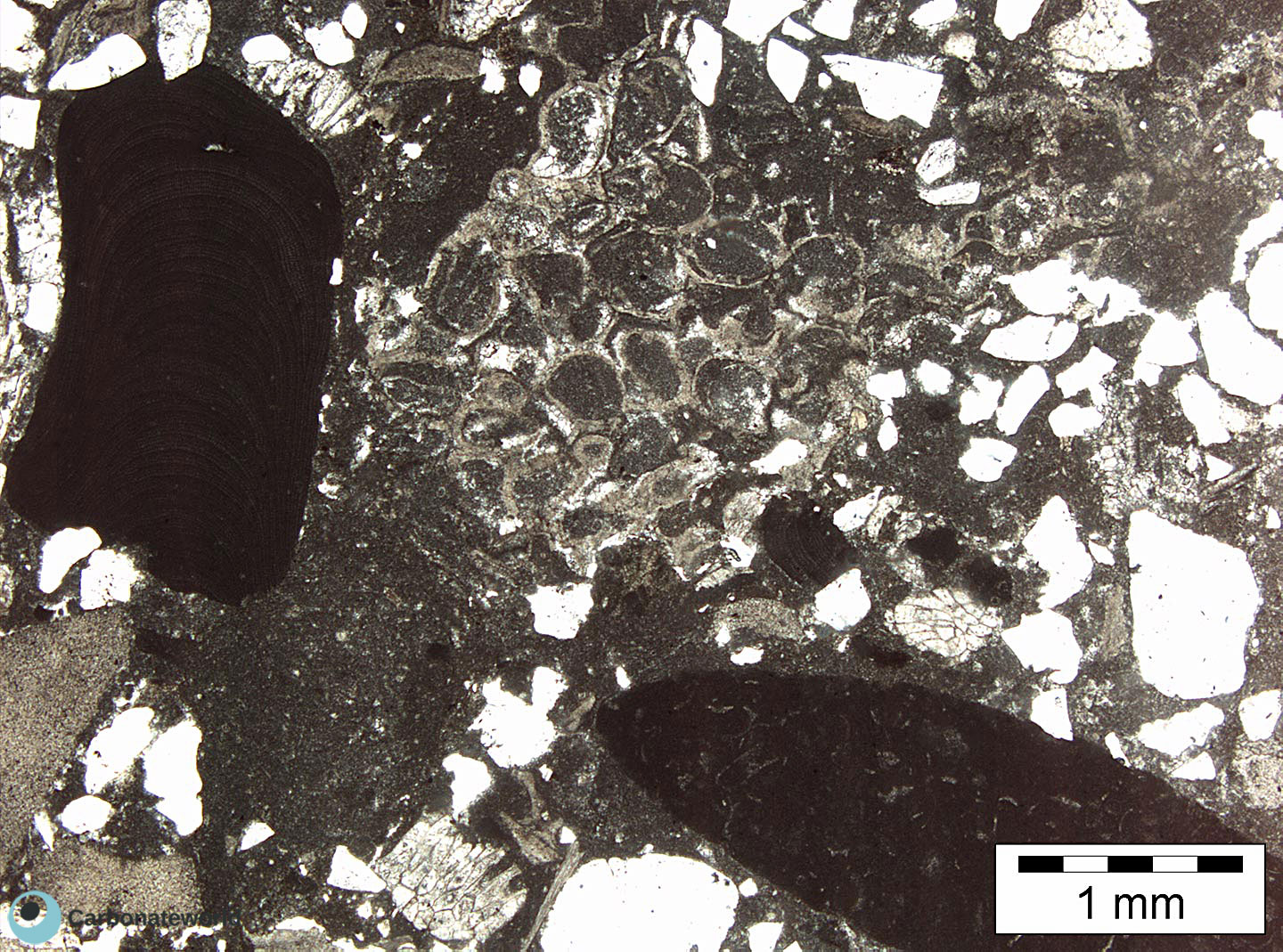

Microcodium

Coralline red algae
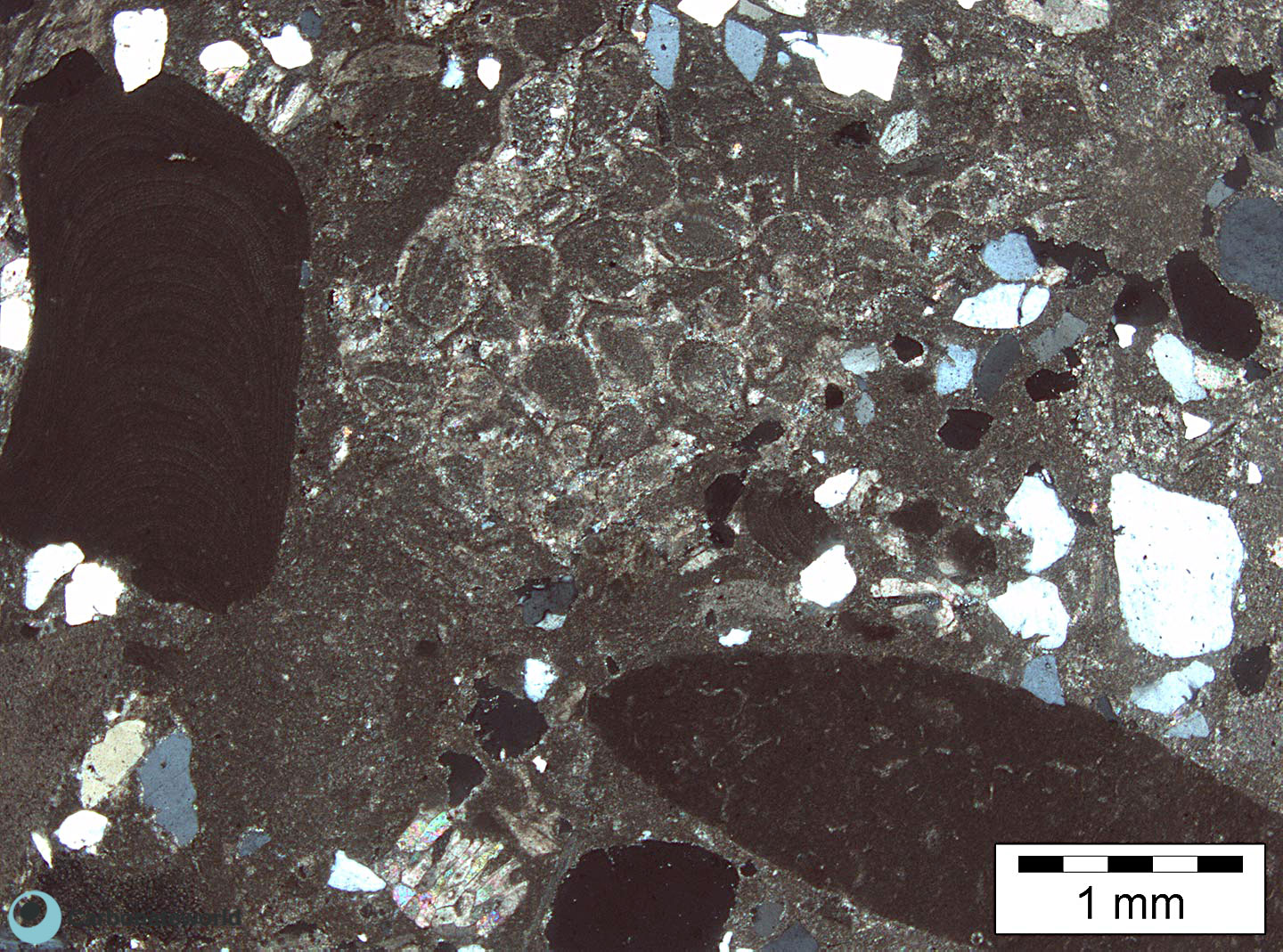

Microcodium

Quartz grains
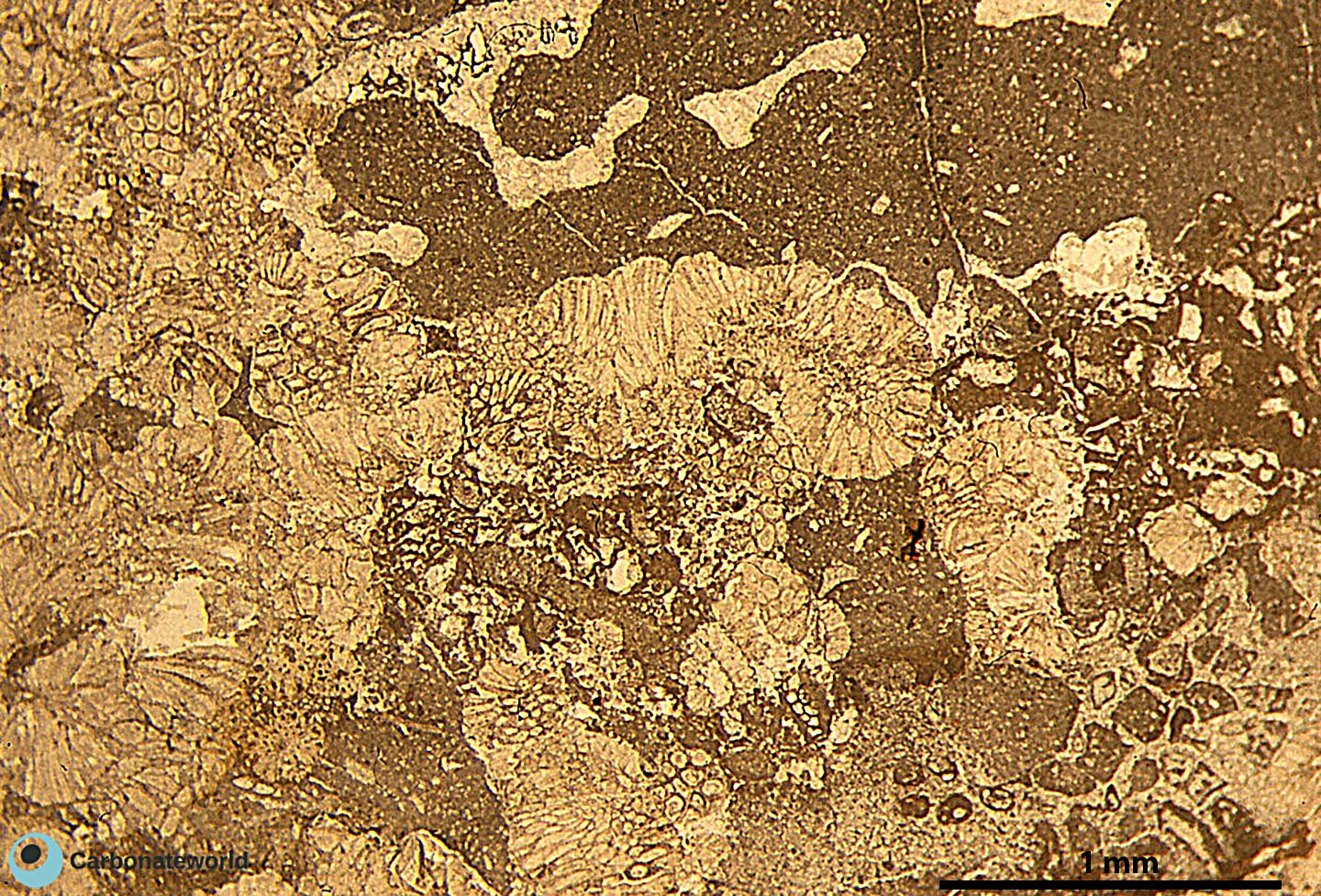

Microcodium
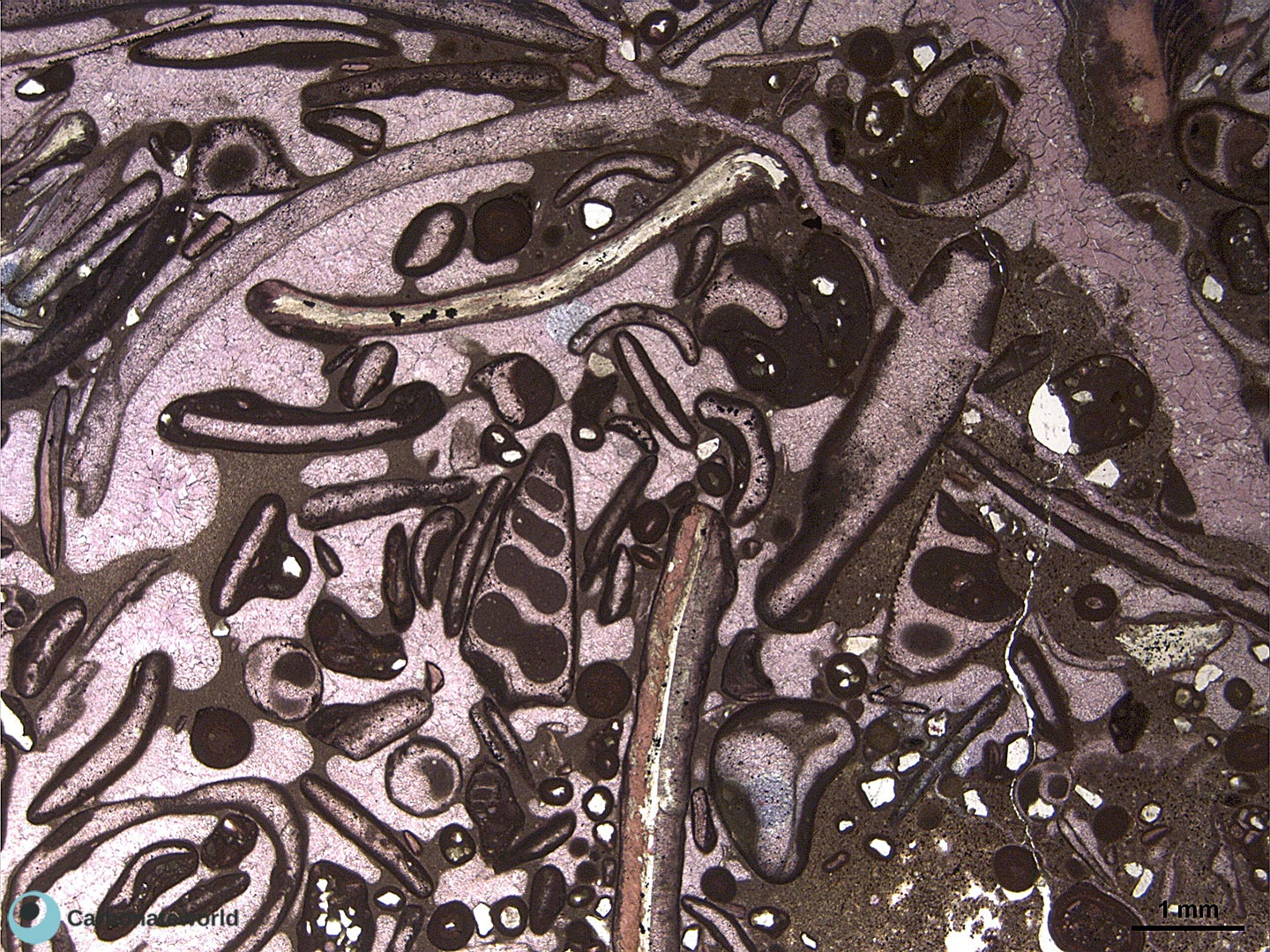

Meniscus micrite
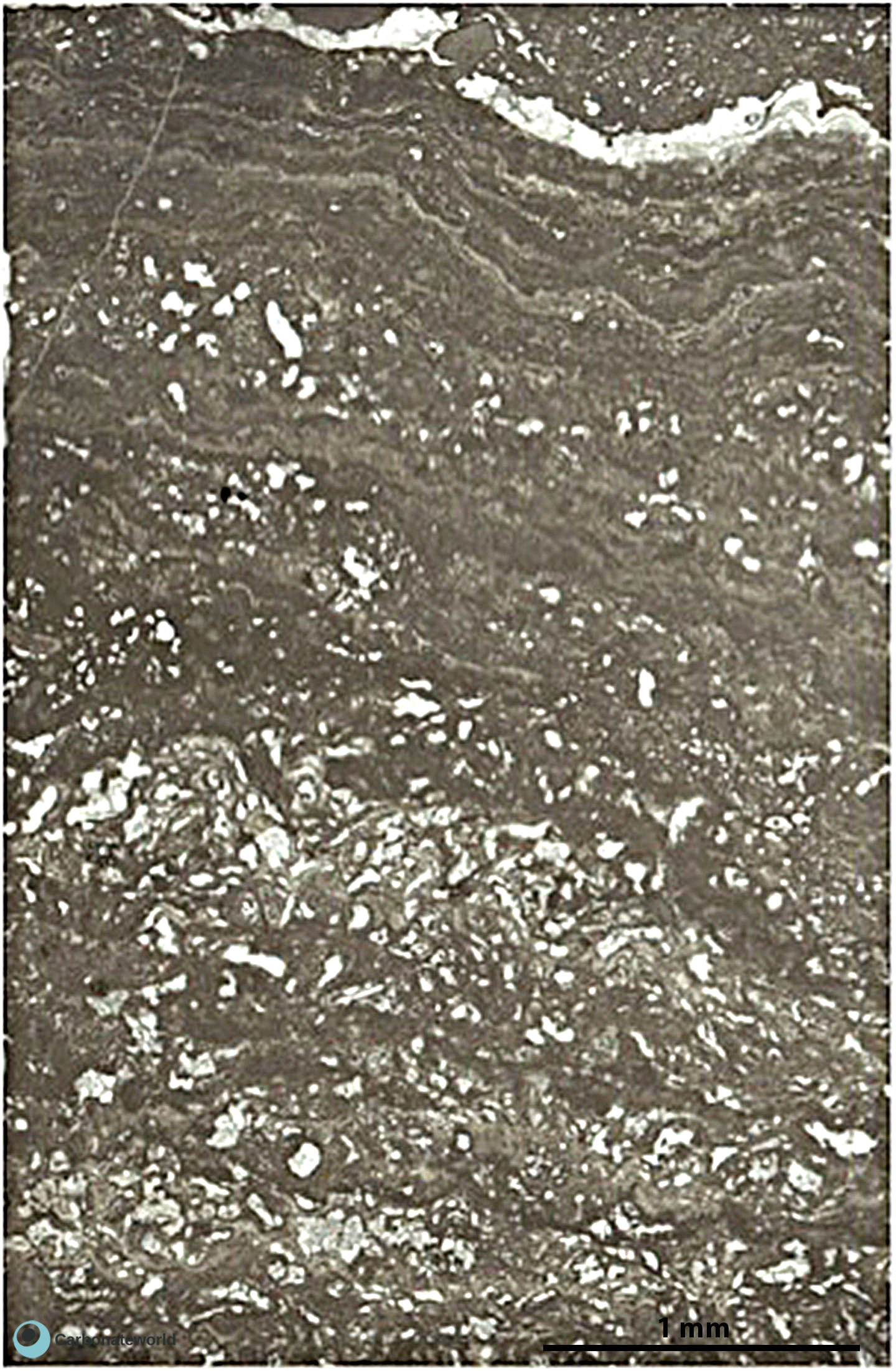

Laminar calcrete

Root traces
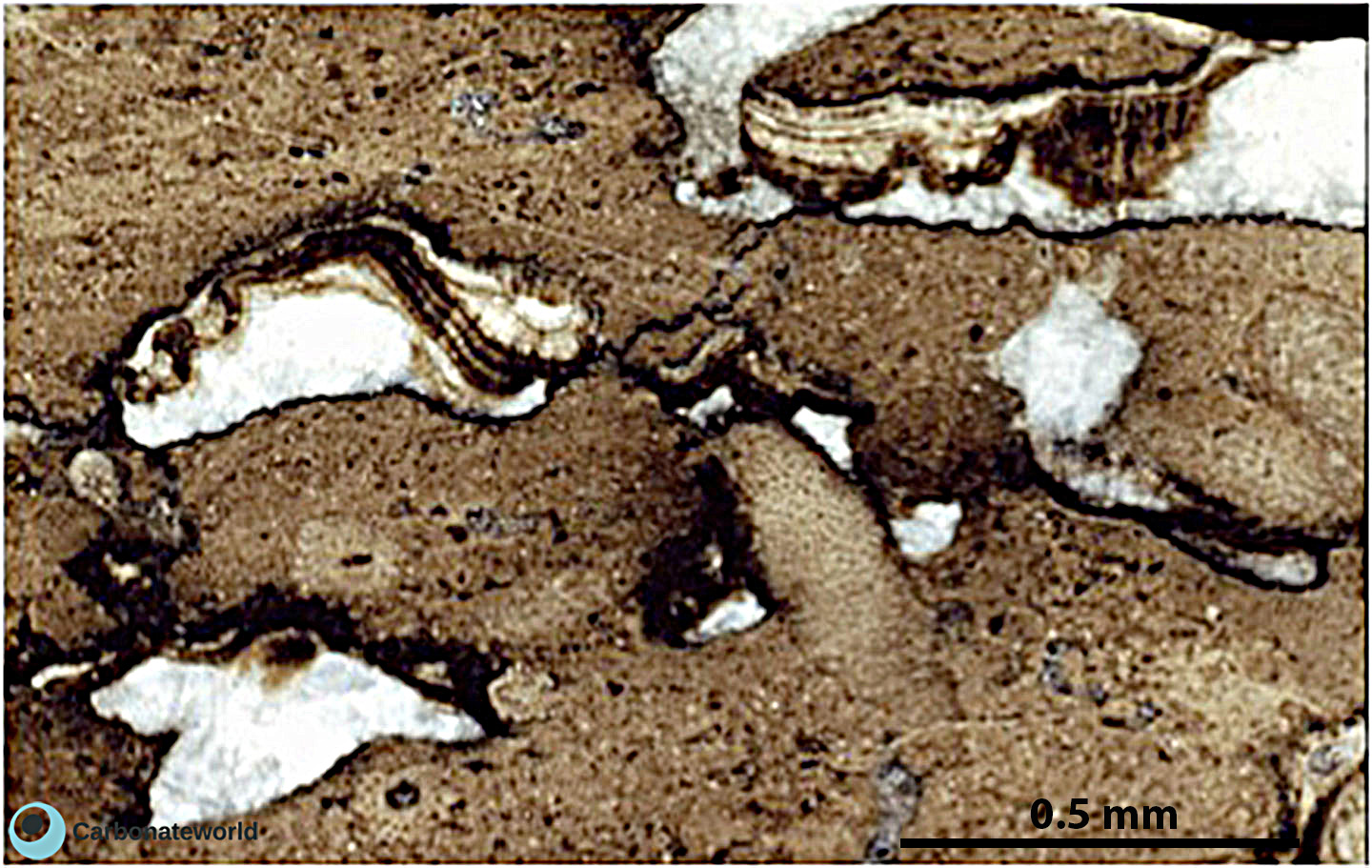

Pendant cement
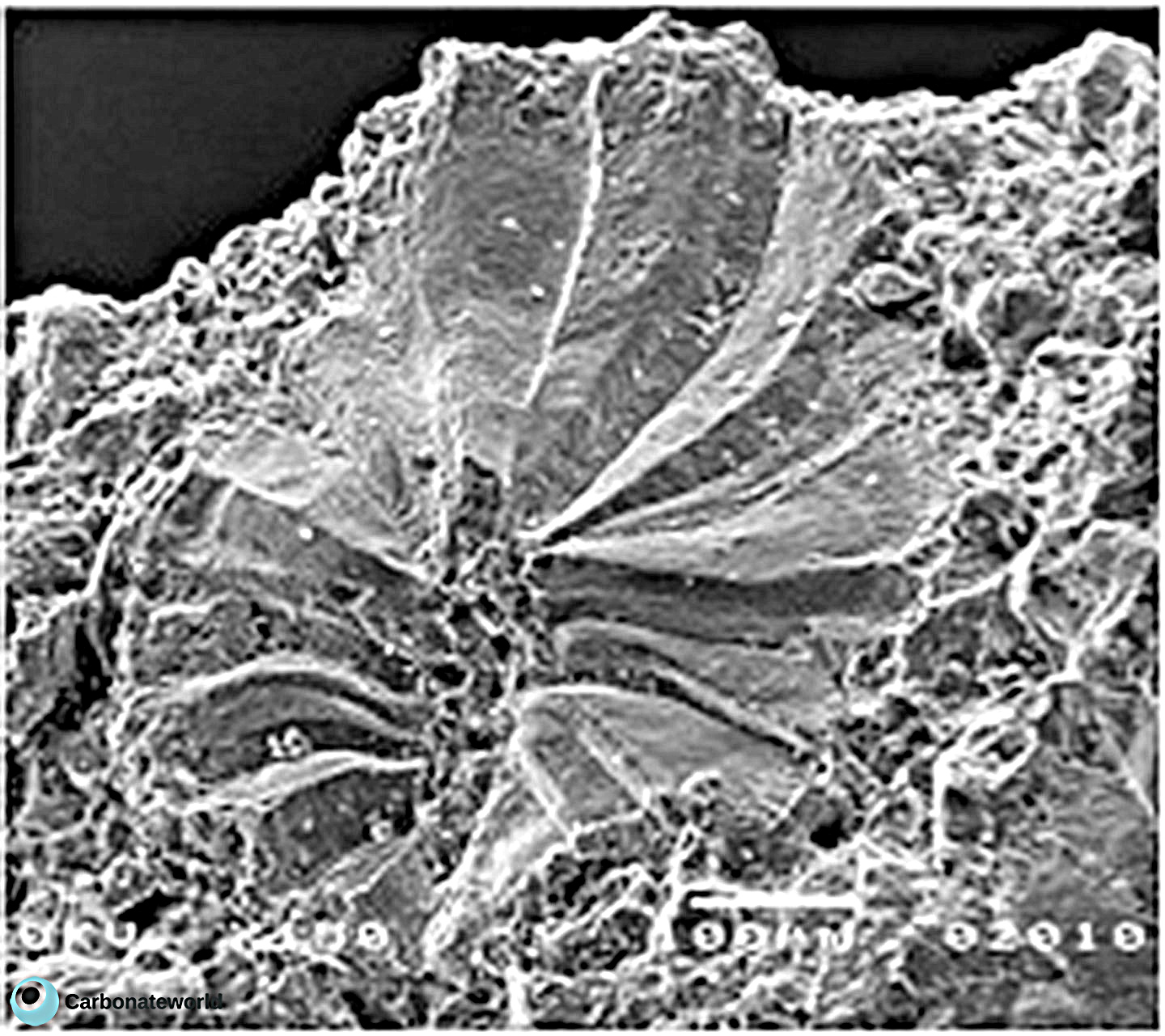

Microcodium


Microcodium


Microcodium
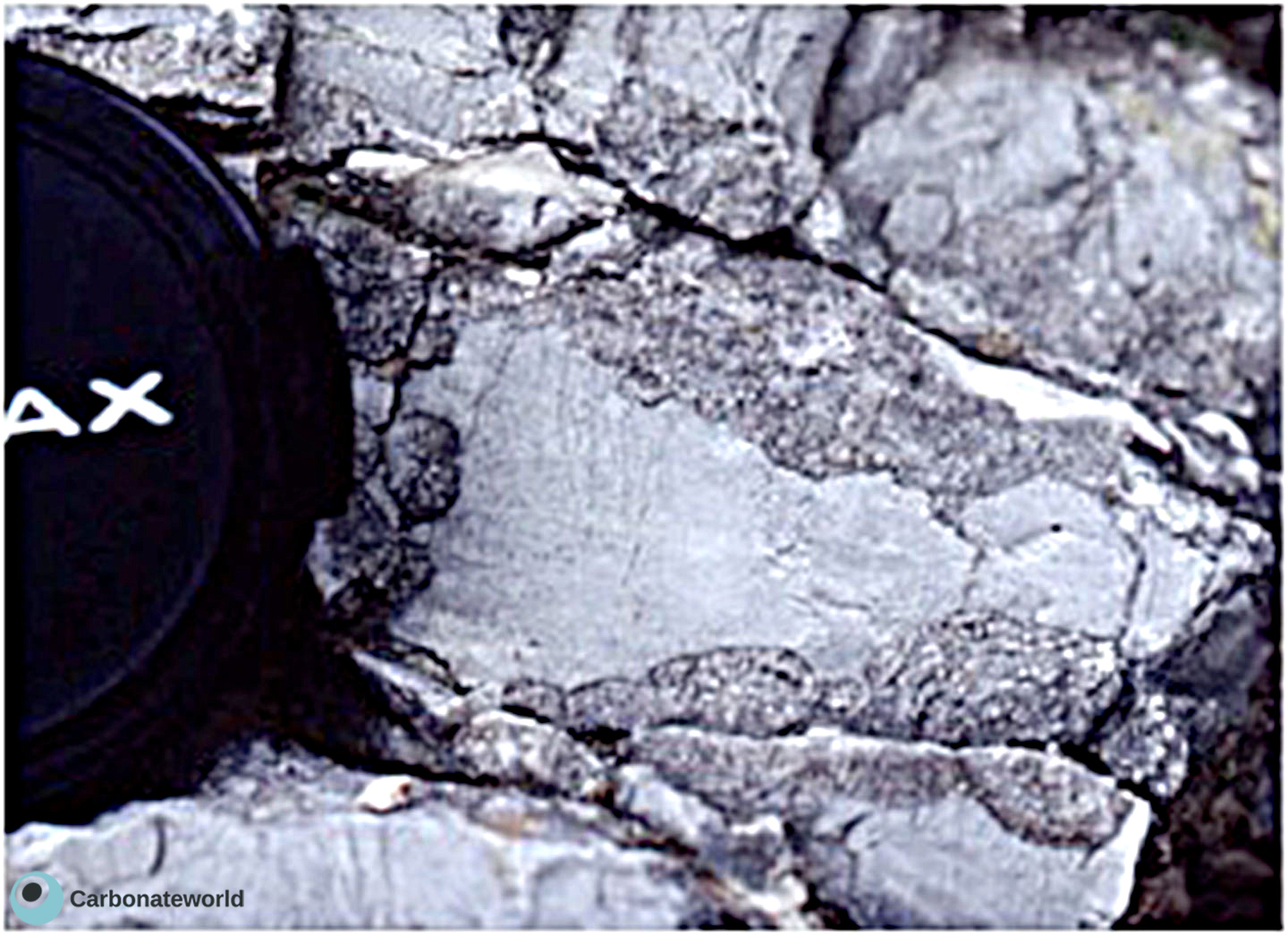

Microcodium
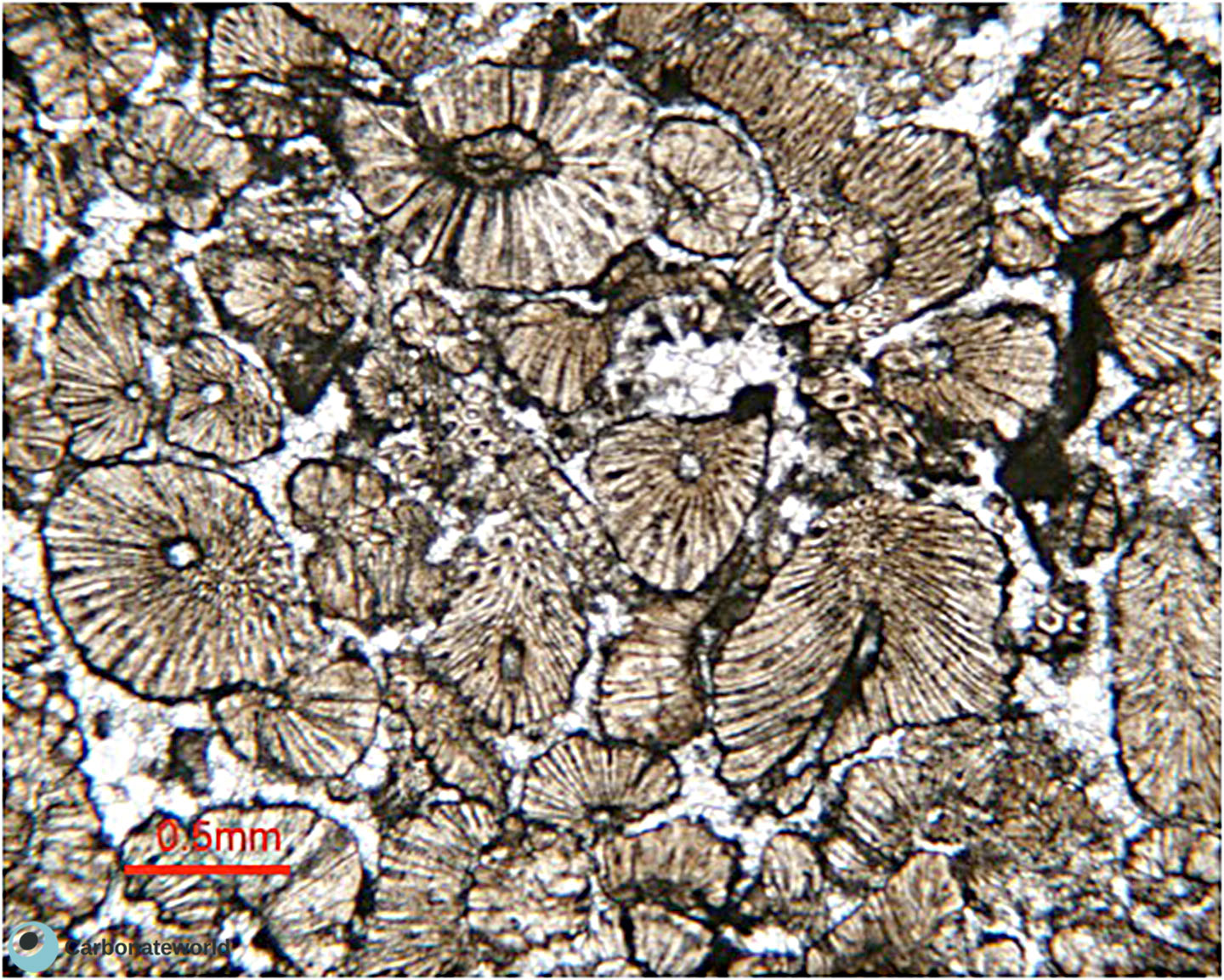

Microcodium
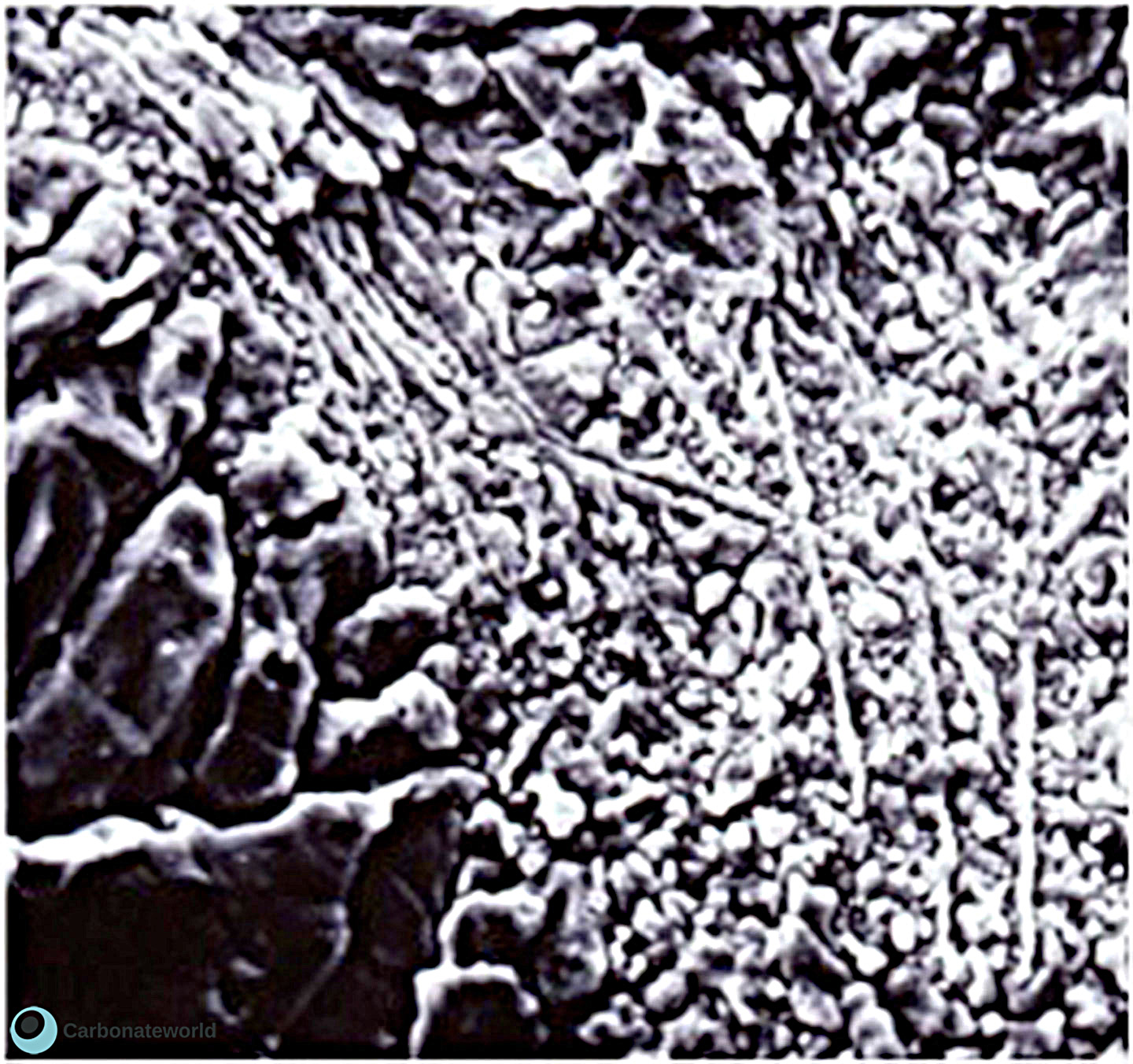

Needle fiber calcite
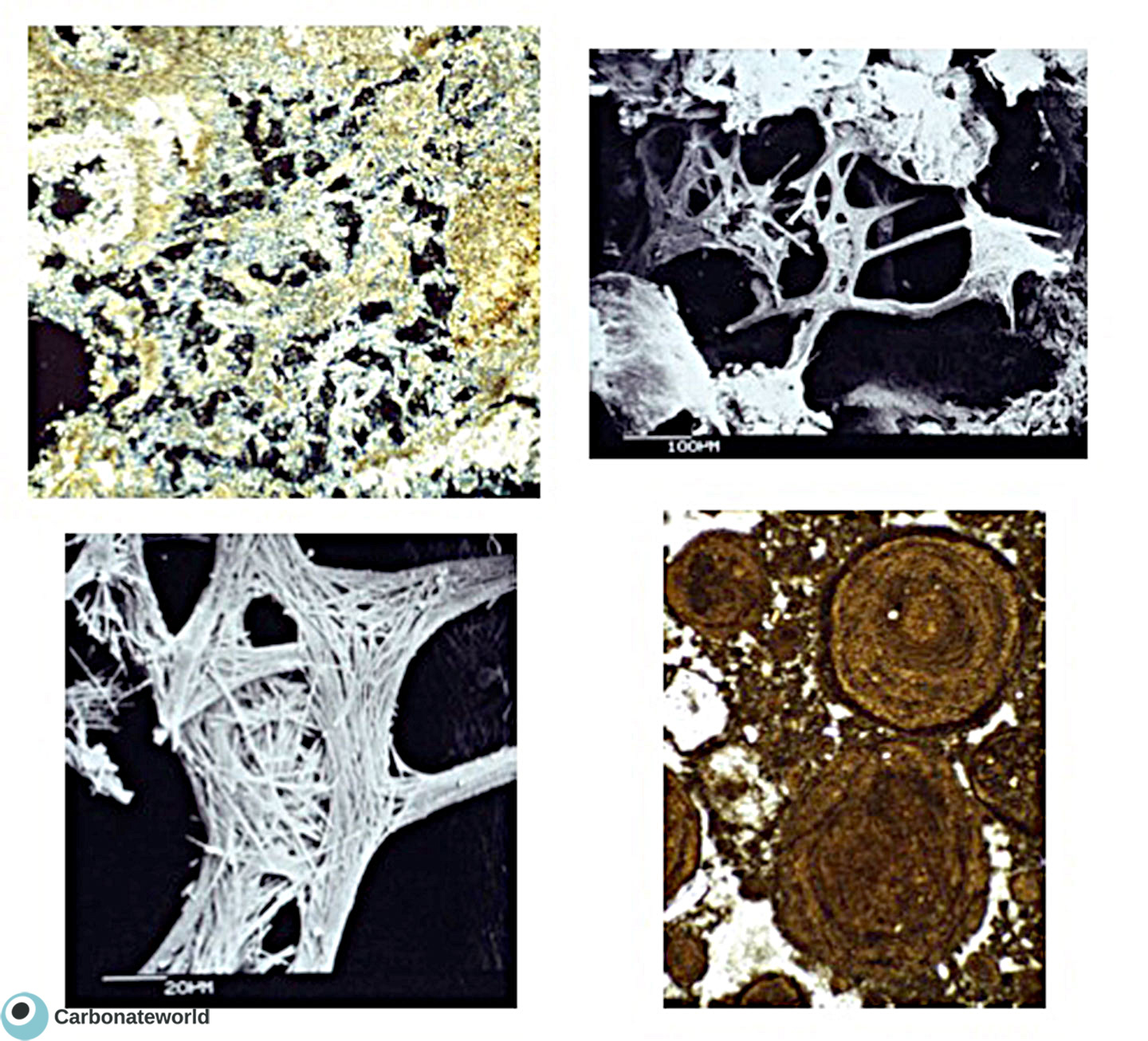

Alveolar septal texture
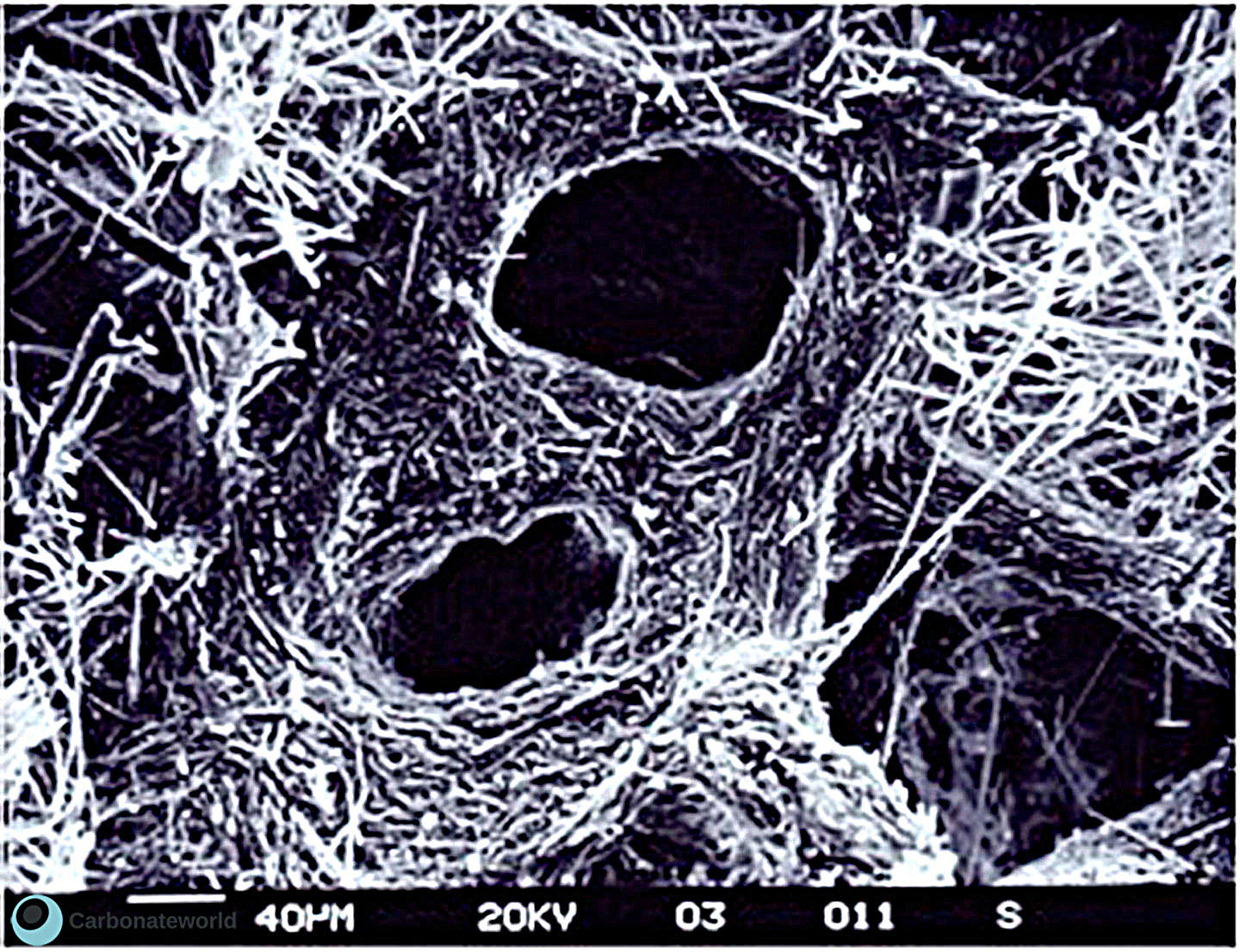

Alveolar texture

Needle fiber calcite
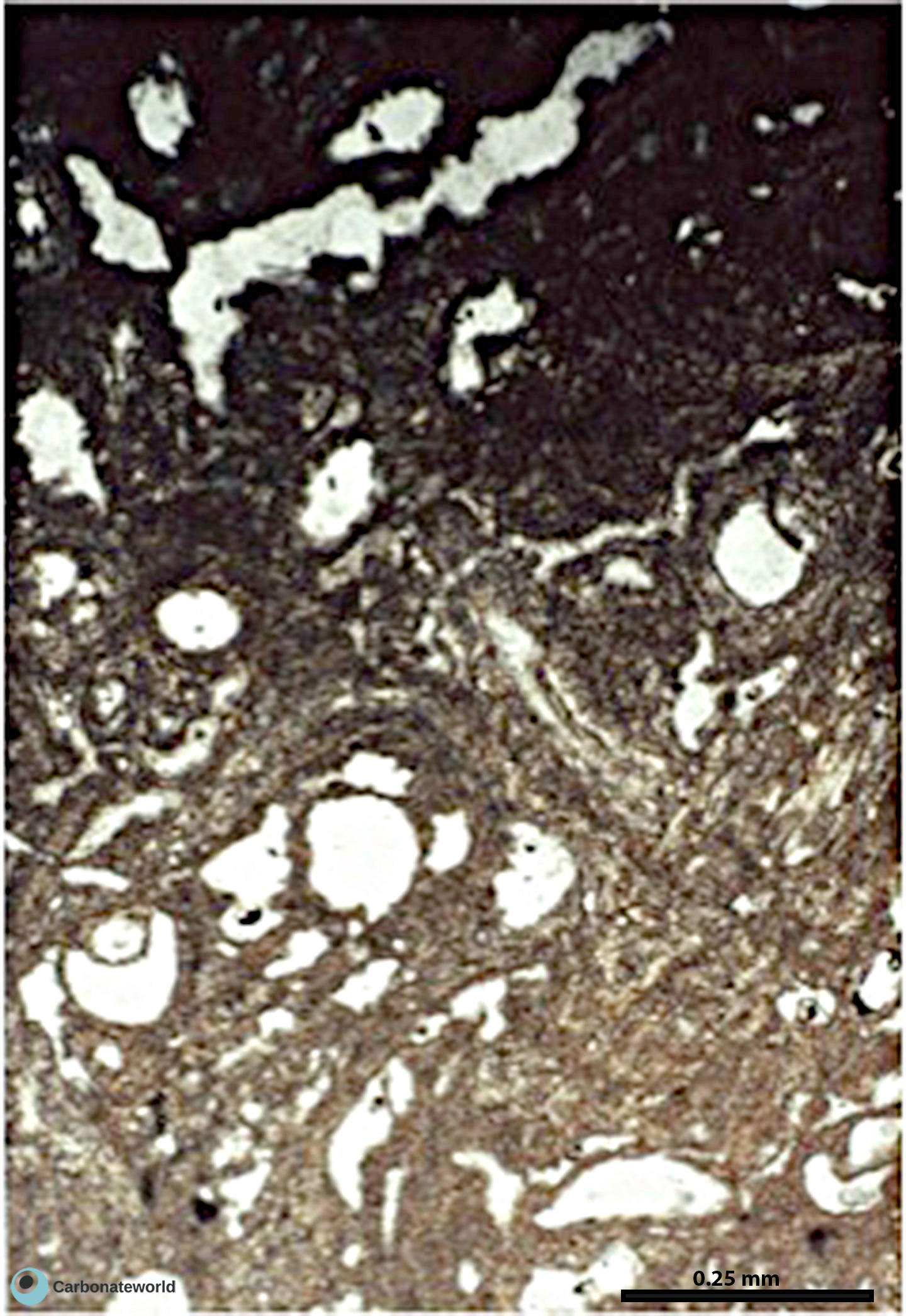
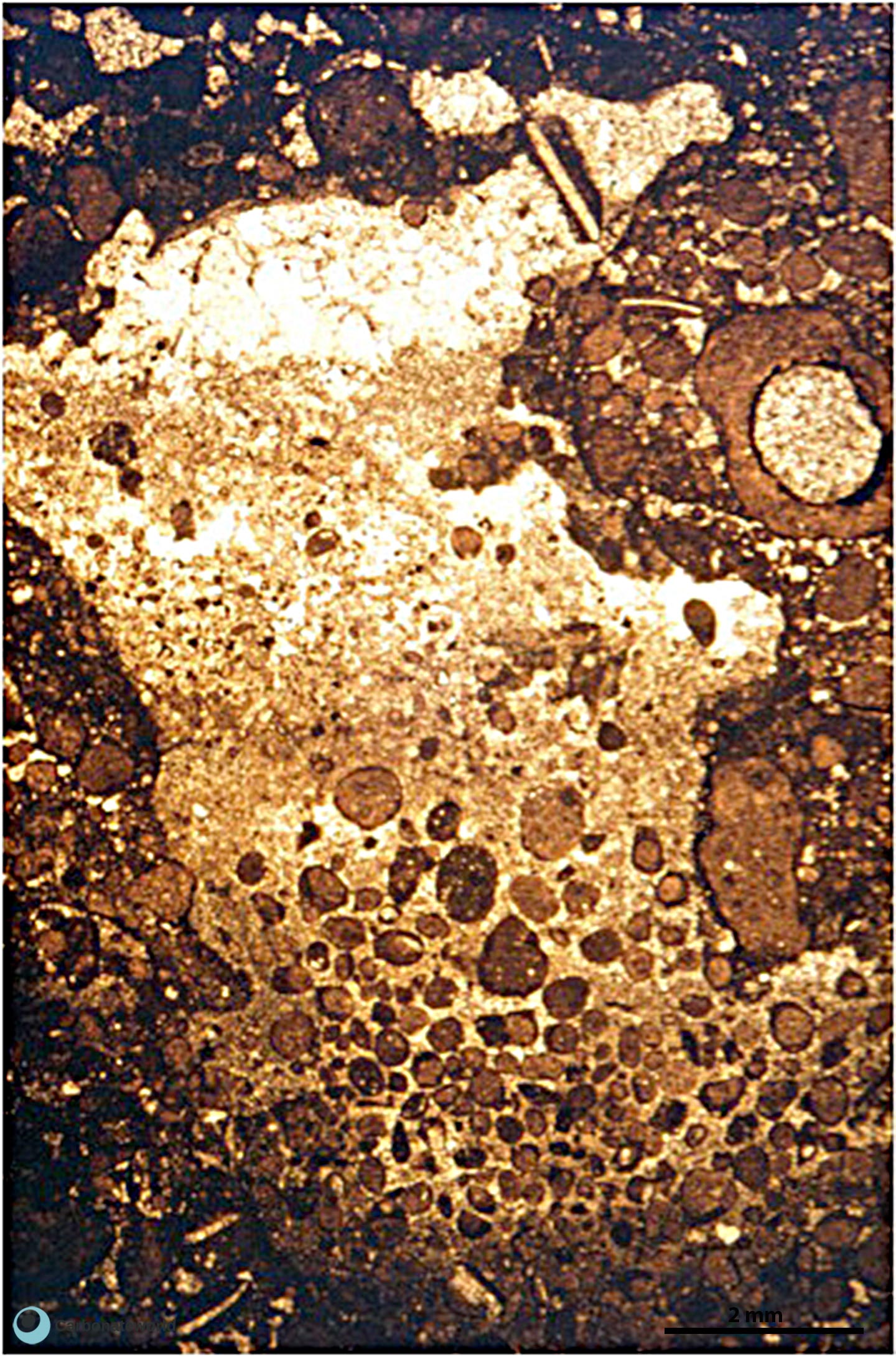

Peloids

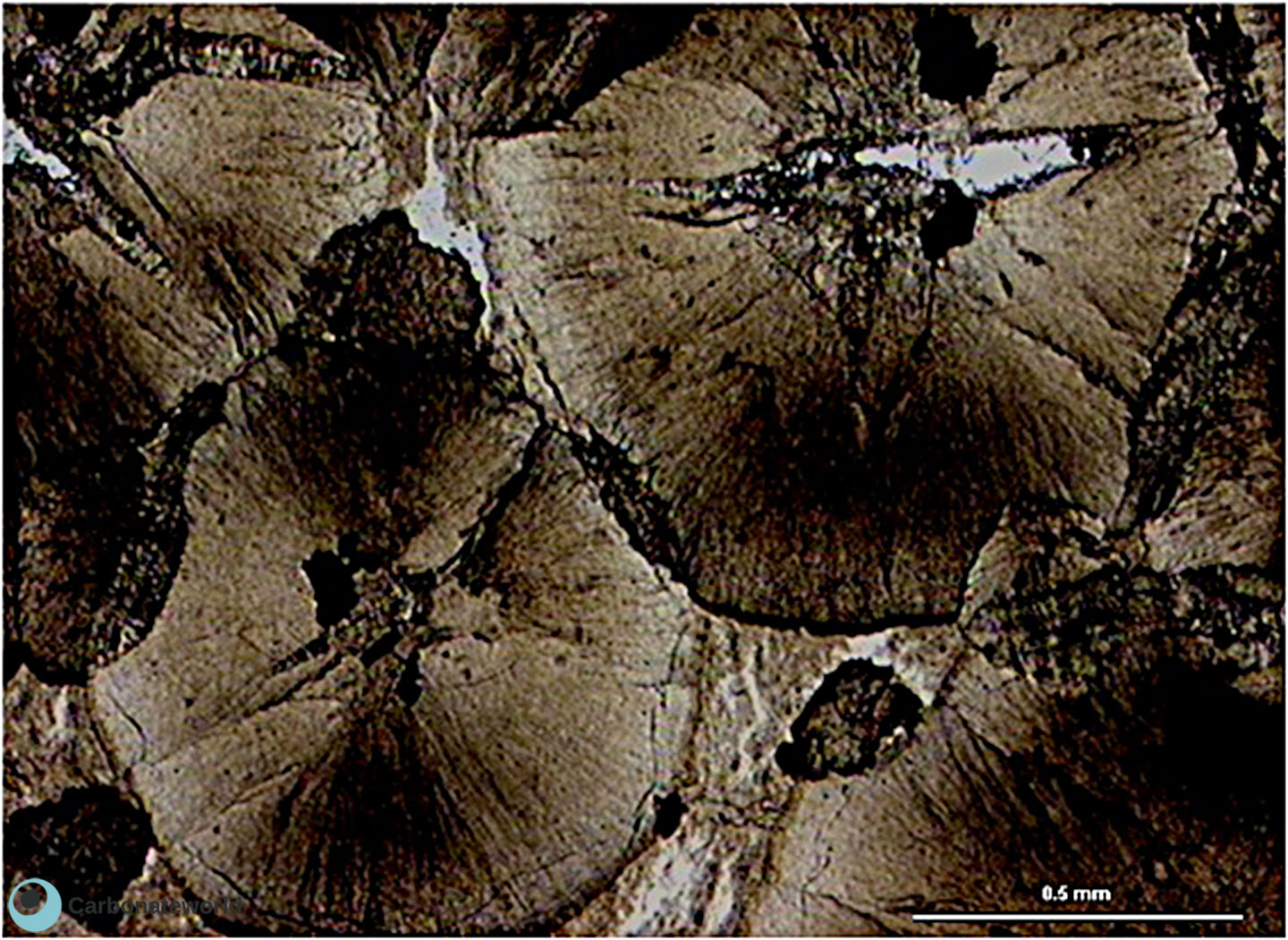
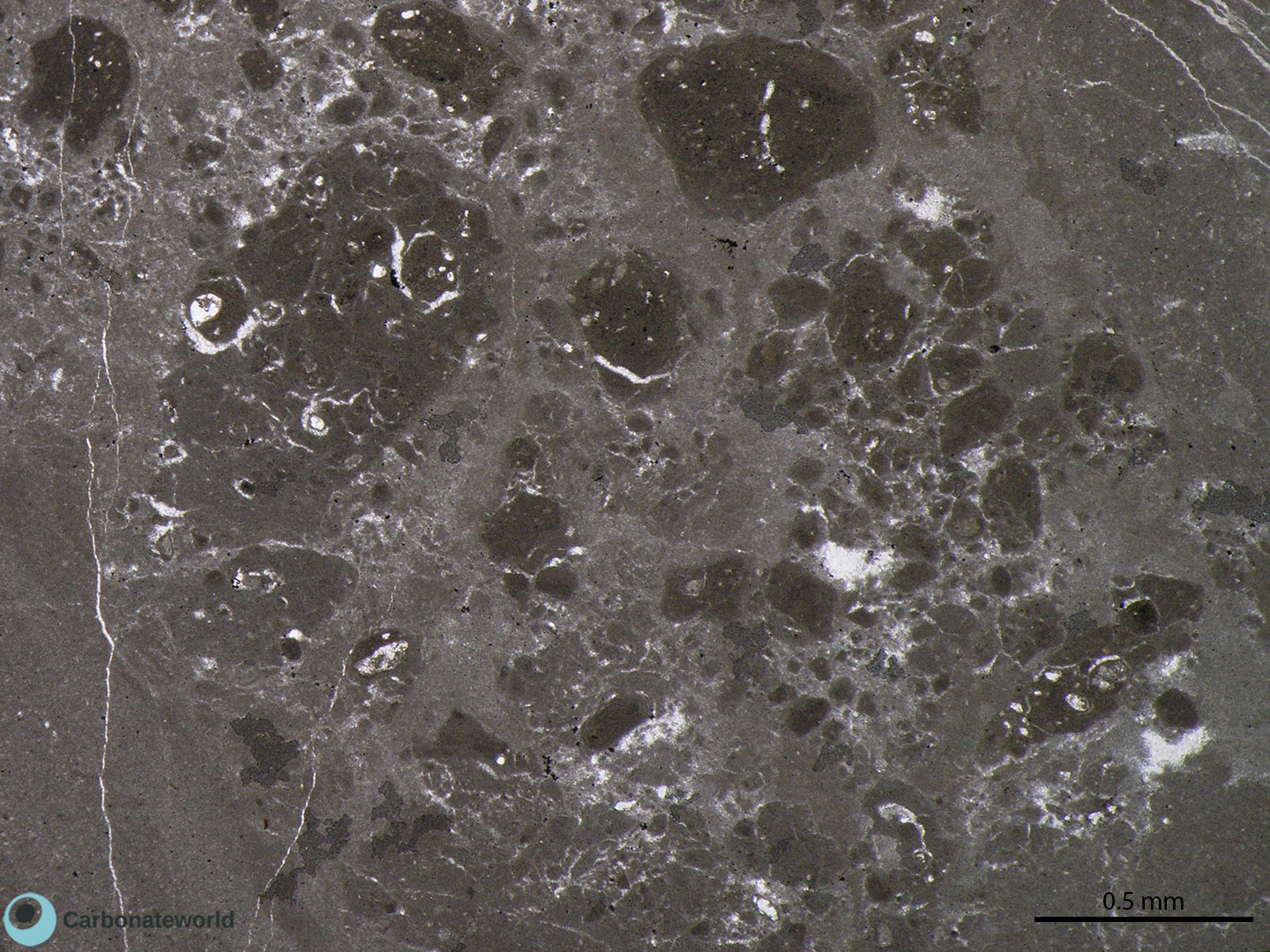
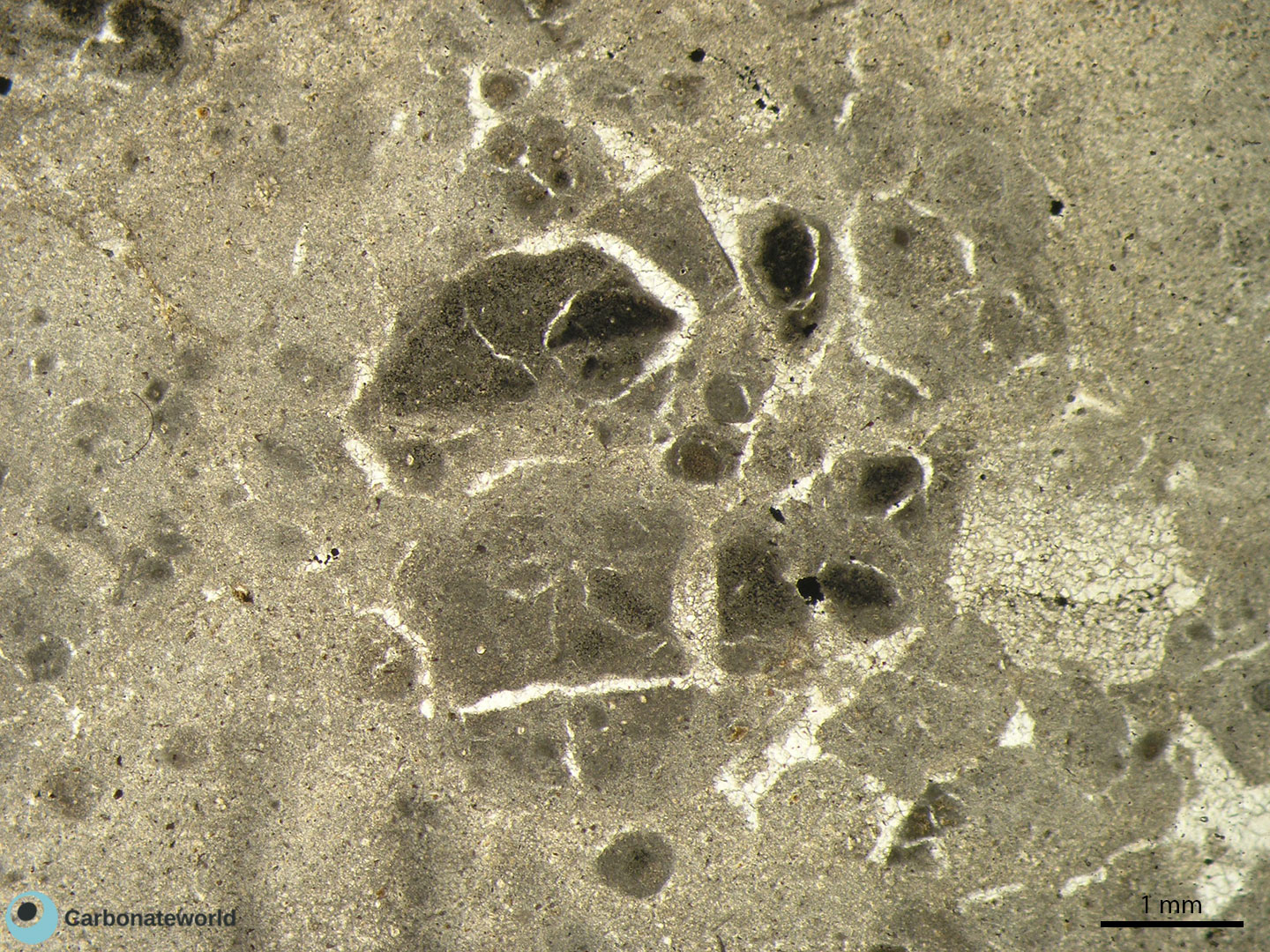

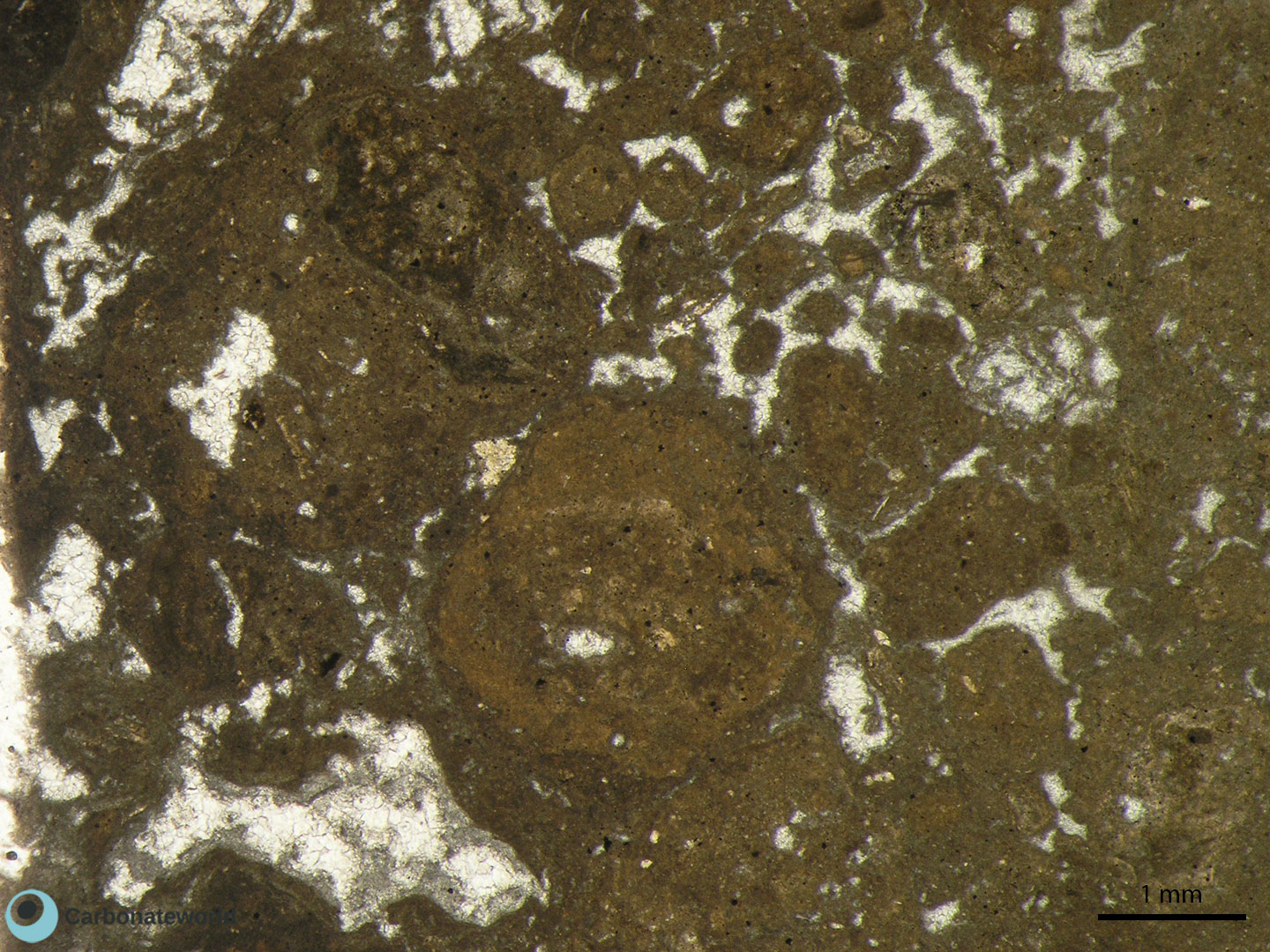

Alveolar texture

Glaebule
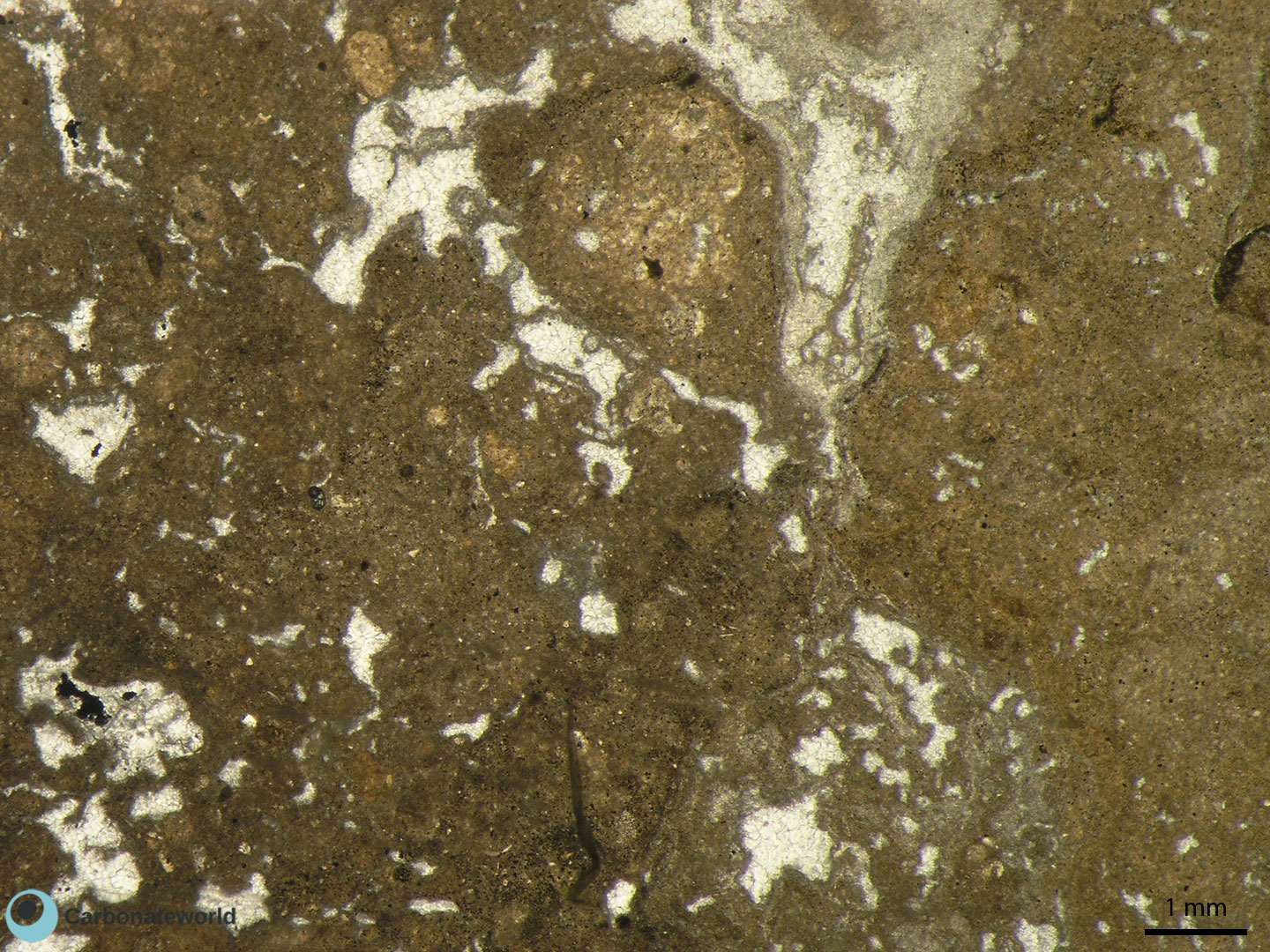

Alveolar texture

Glaebule
